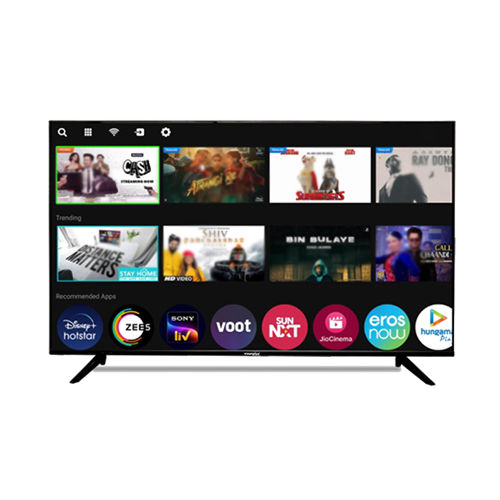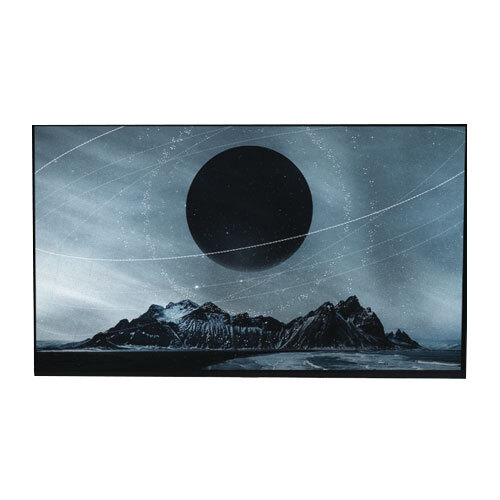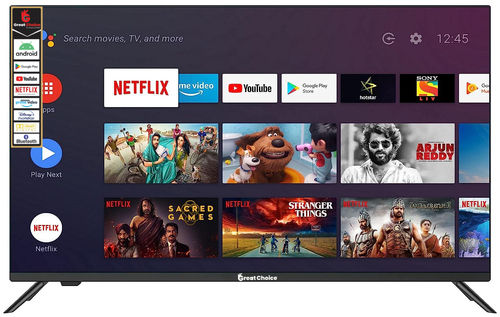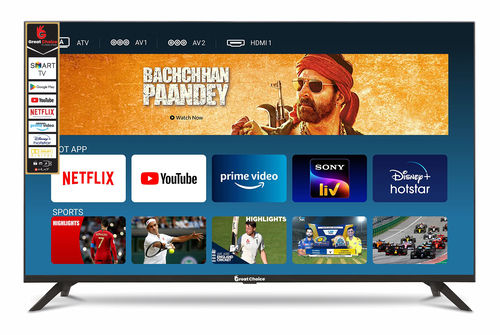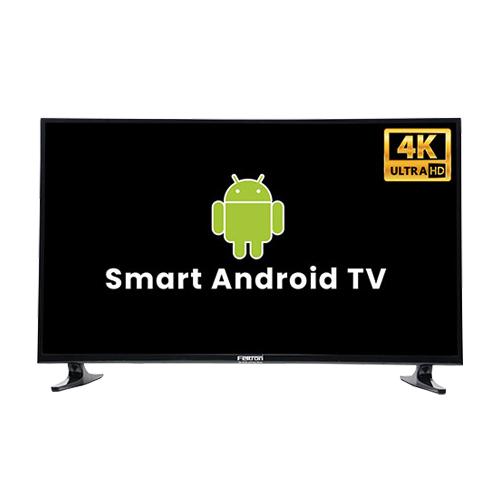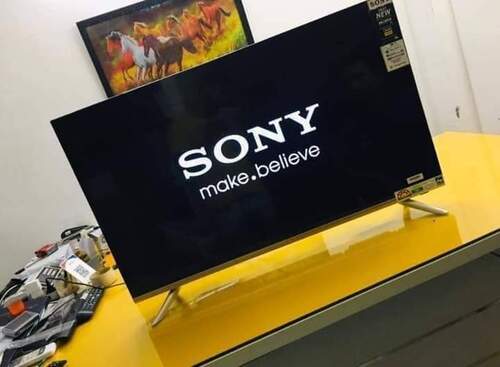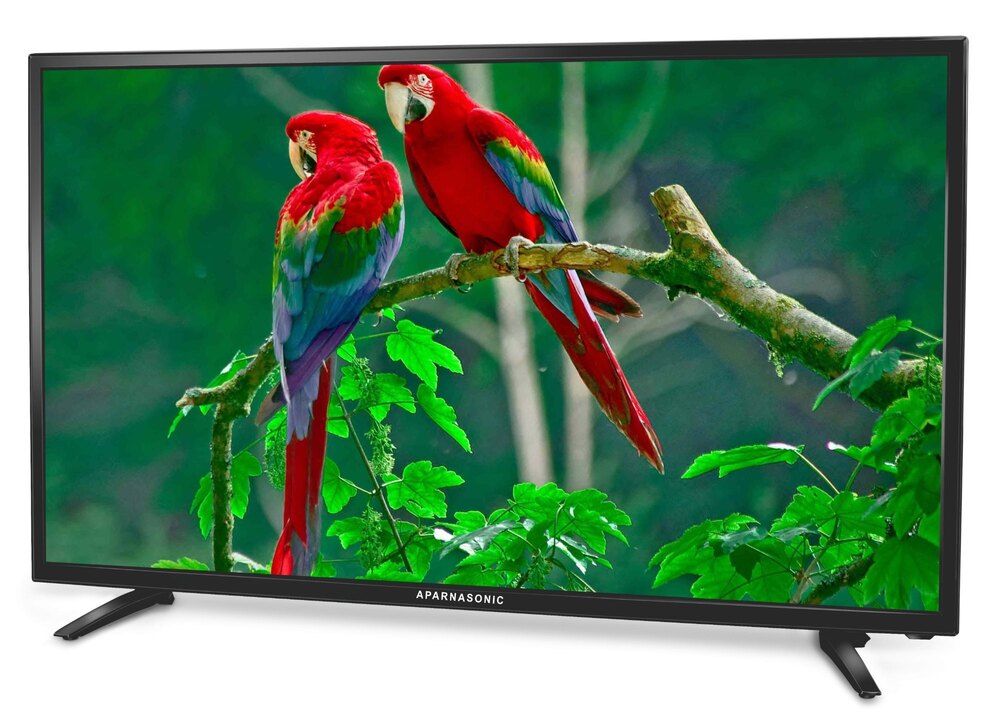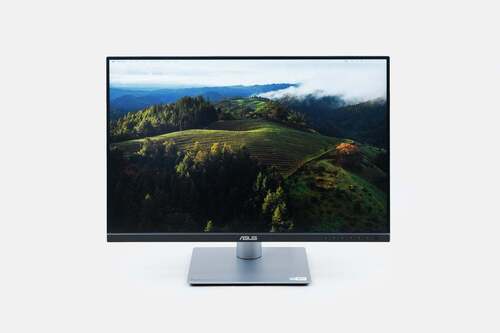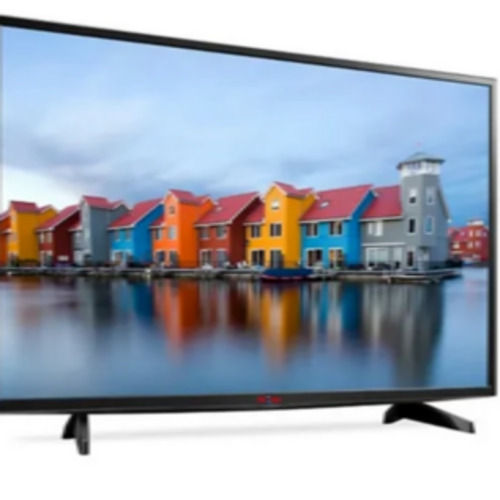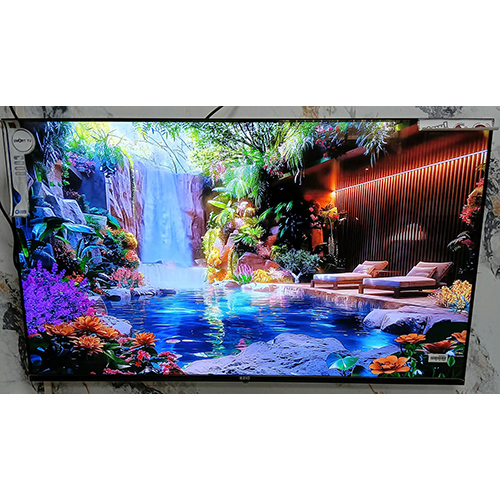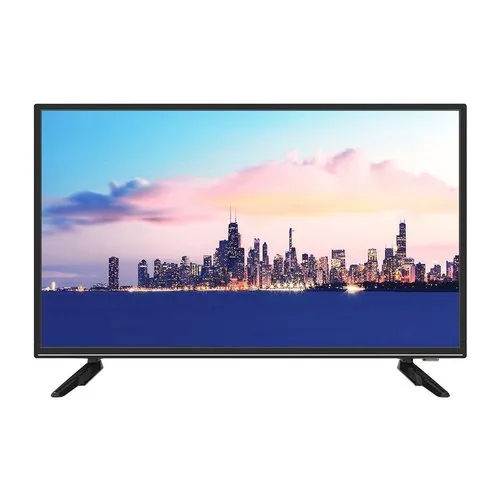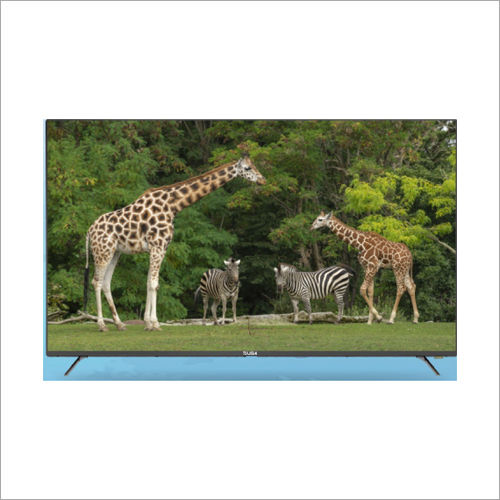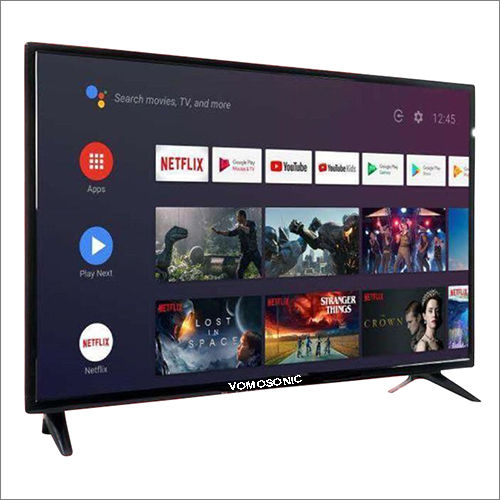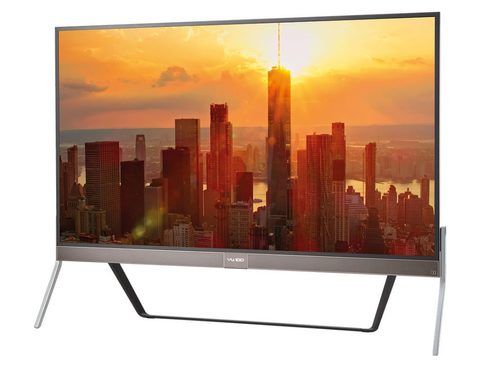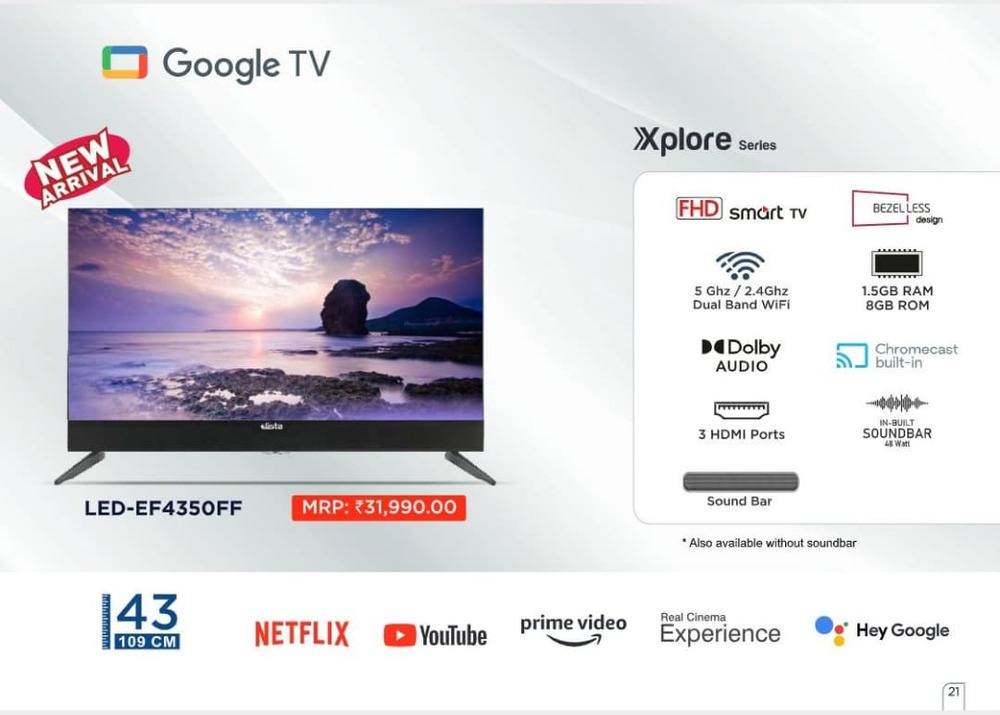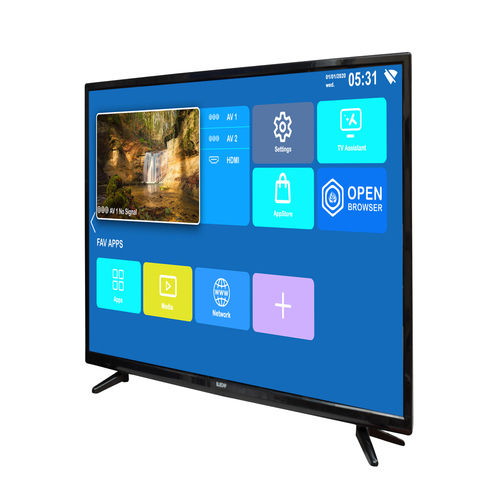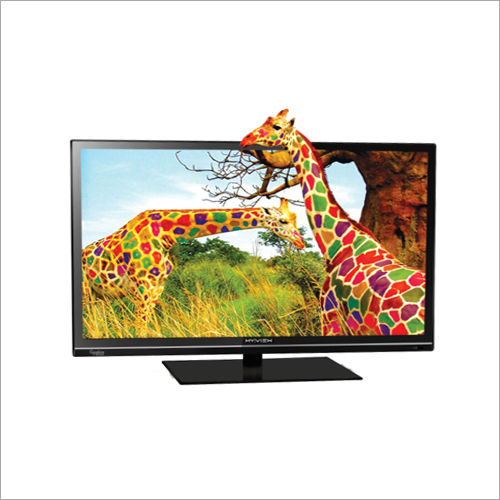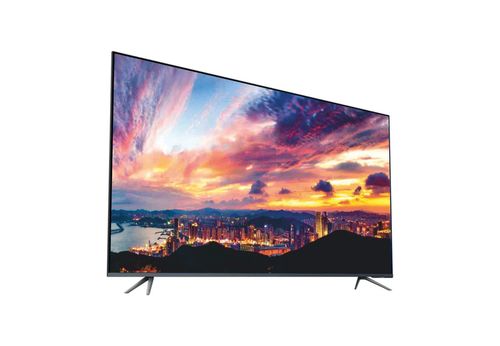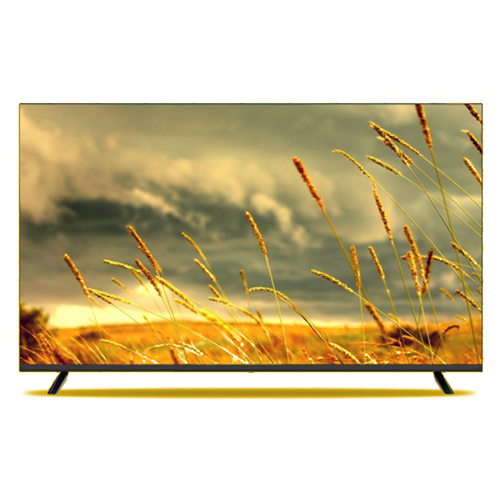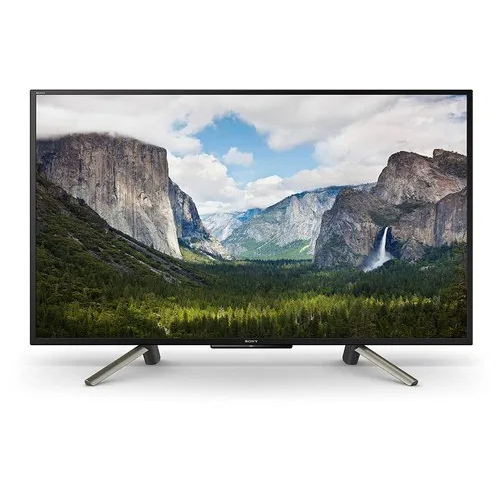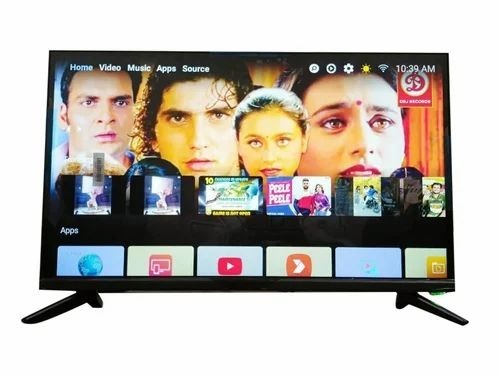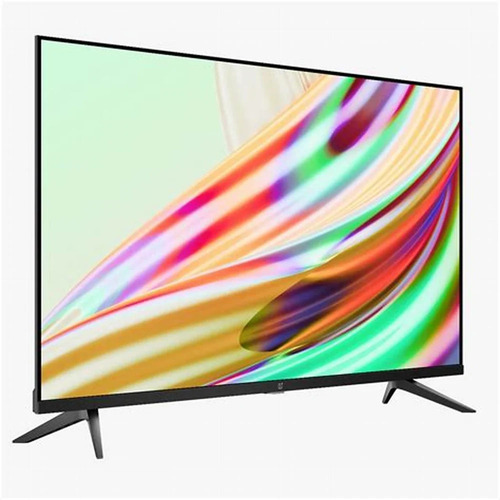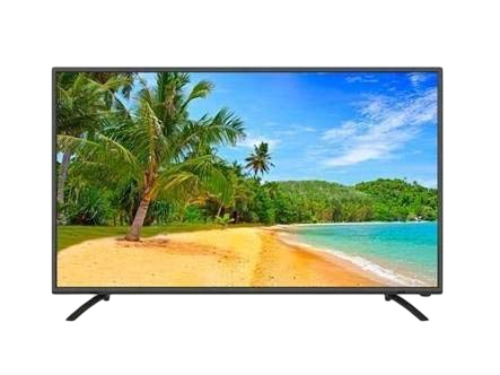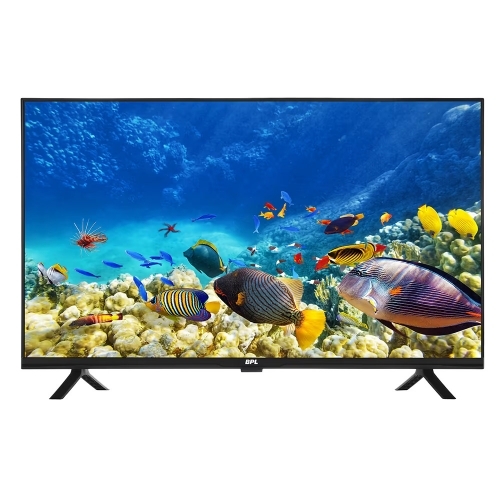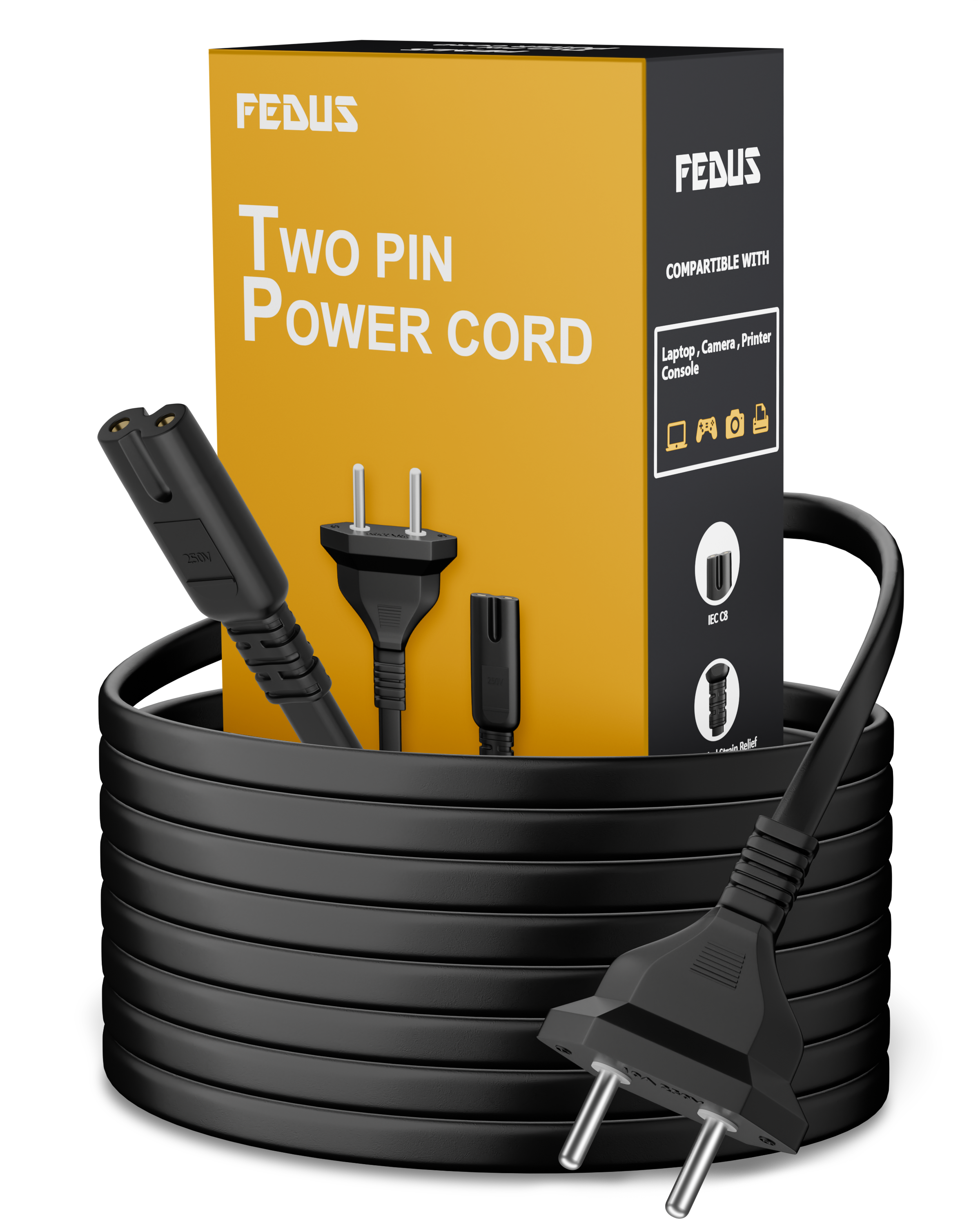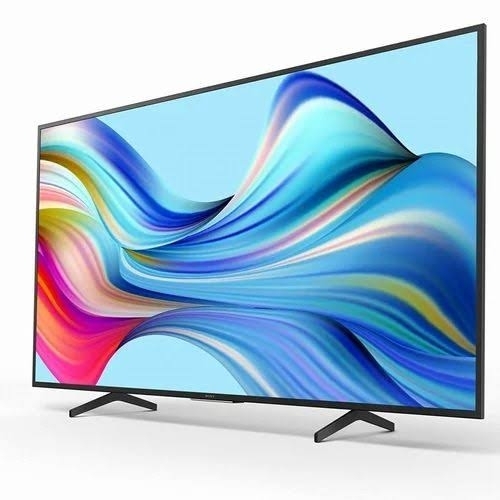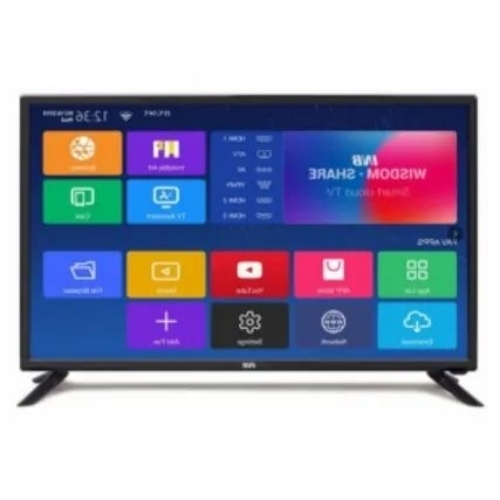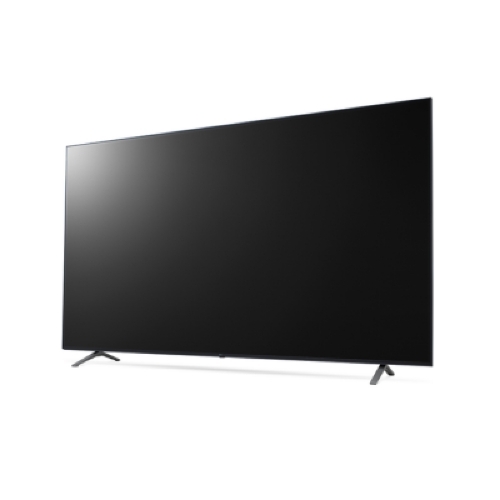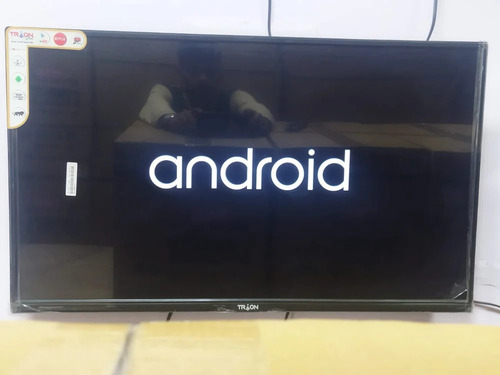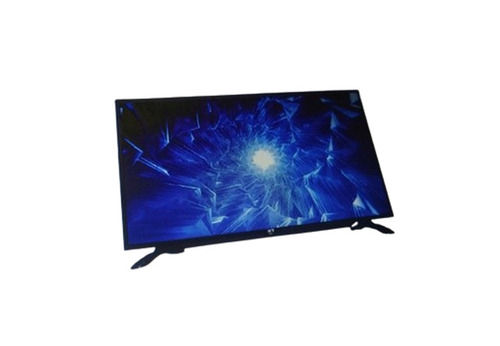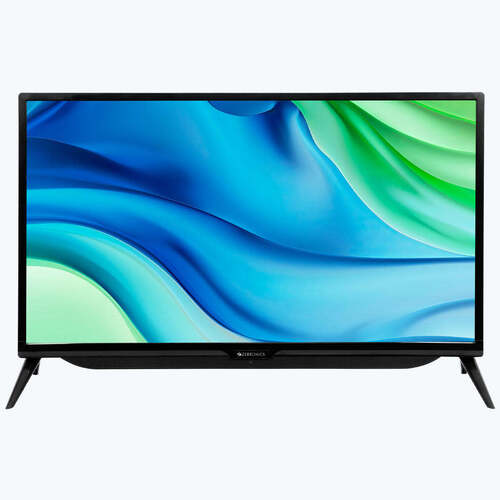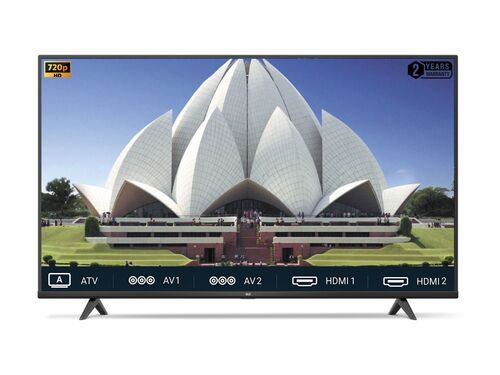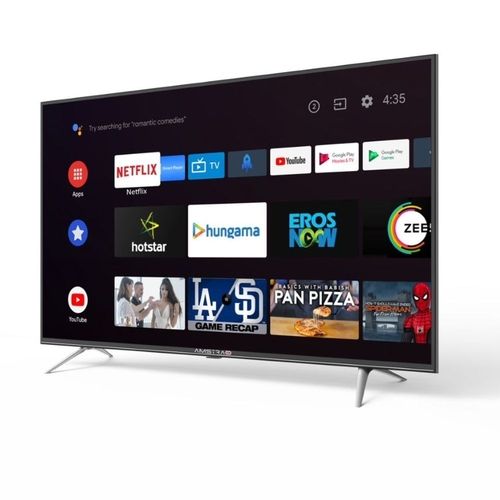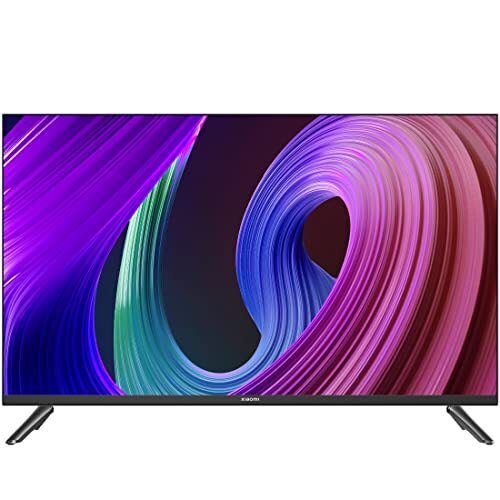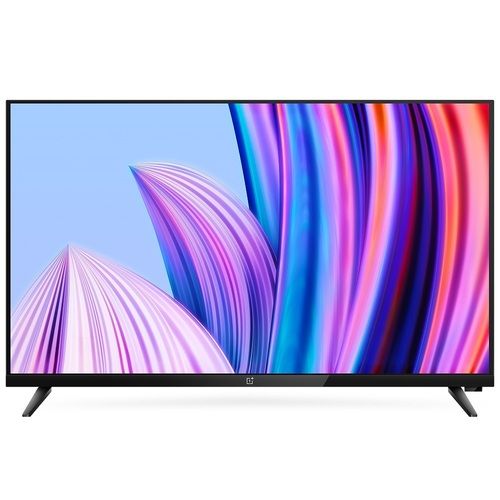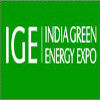- Tradeindia
- Television
- Led Tv
Led Tv
(6674 products)24 Inch Normal Led Television - Color: Black
3517.0 INR/Piece
MOQ50 Piece/Pieces
HDMIyes
Colorblack
Product TypeTV
Materialplastic
Screen Size32 Inch (in)
Input Power220 - 240 Volt (V)
View More
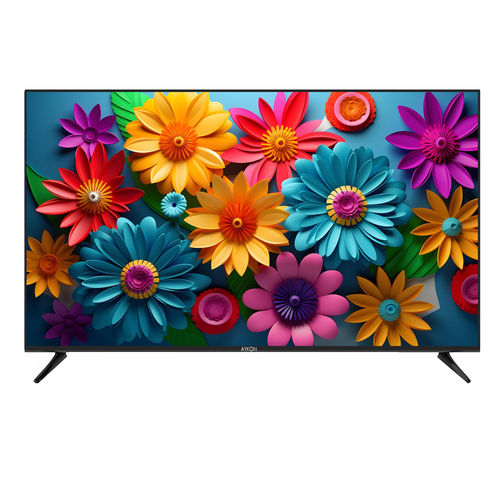
55 Inches Energy Efficient LED Google TV
Get Best Deal
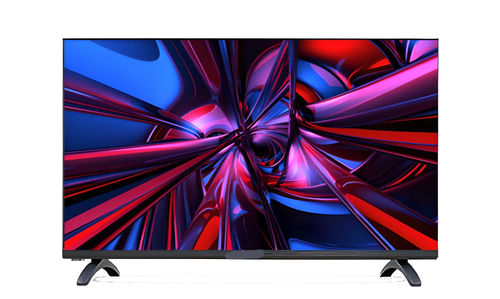
55 Inch WebOS LED TV - 3840x2160 Resolution, 4000:1 Contrast Ratio, Black Color, 85 dB Sound Level, 2 HDMI Ports
Get Best Deal
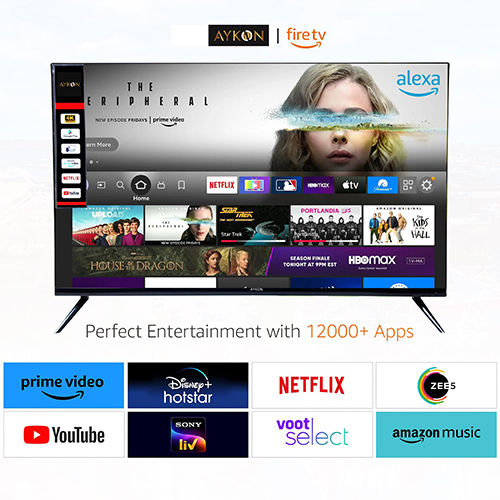
Fire Led Tv With Alexa - Color: Black
Price : 7500.0 INR
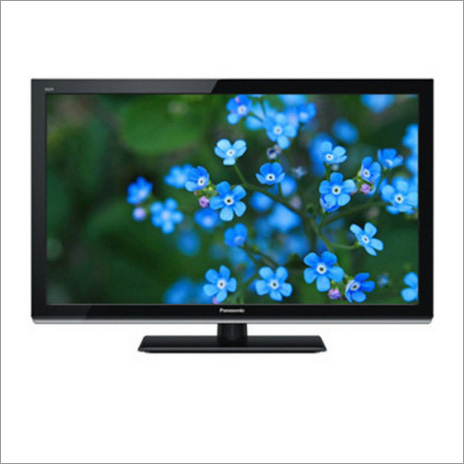
24 Inch Android Led Tv - Color: Black
Price : 4322.0 INR
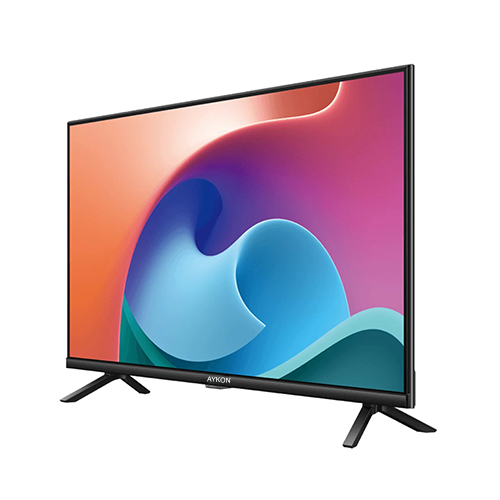
32 Inch Cloud 512 Mb Led Tv - Color: Black
Price : 5508.0 INR
Trion 40 Inch Smart Led Tv - Color: Black
21999.0 INR/Piece
MOQ50 Piece/Pieces
ColorBlack
Product TypeTV
Screen Size40 Inch (in)
Input Power220 Volt (V)
Wide Screen SupportNo
Voltage220-240 Volt (v)
View More
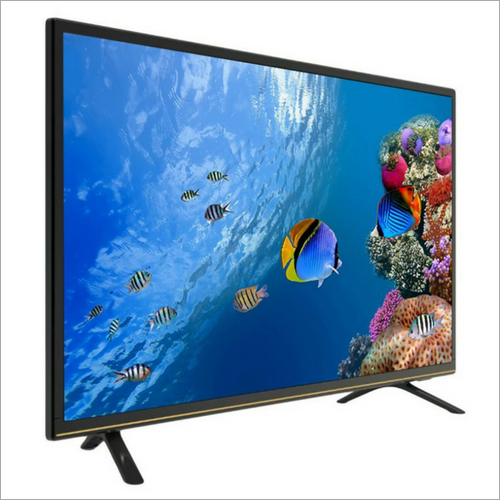
Trion 55 Inch(140Cm) Smart Led Tv - Color: Black
Price : 41999 INR

Trion 40 Inch(102Cm) Hd Led Tv - Color: Black
Price : 21999.0 INR
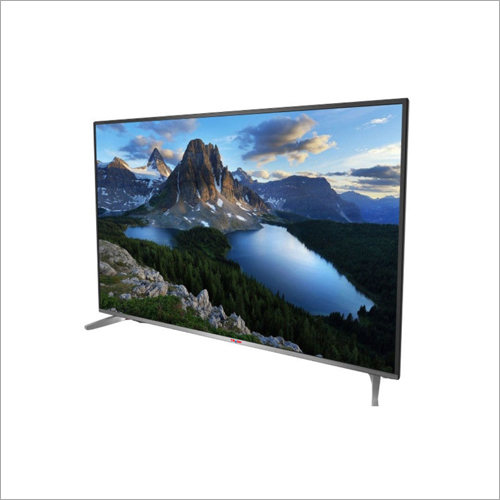
Trion 50 Inch(126Cm) Smart Led Tv - Material: Fiber
Price : 38999 INR
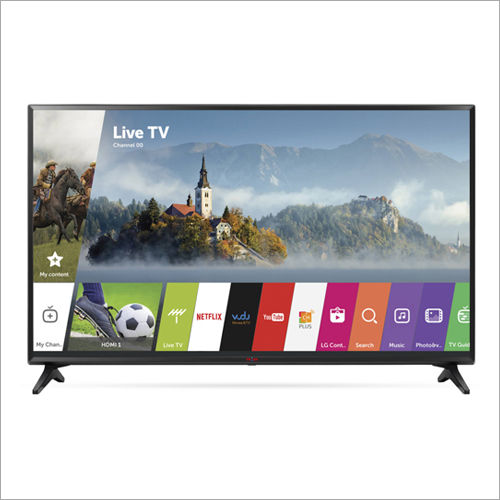
Trion 32 Inch(80Cm) Smart Led Tv - Color: Black
Price : 15799 INR
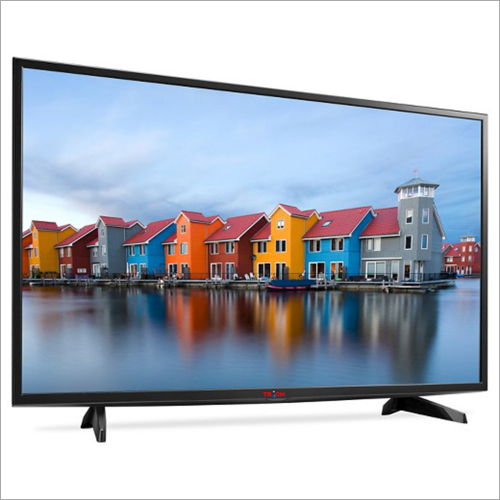
Led Tv Manufacturer - Color: Black
Price : 12999.0 INR
Led Tv - Material: Plastic
MOQ1 Unit/Units
HDMIYes
Product TypeTV
MaterialPlastic
Voltage220 Volt (v)
WarrantyYes
View More

Smart Led Tv - Material: Plastic
Get Best Deal
40/42 Inch Smart Frameless 512Mb - Color: Black
Price: 8437.0 INR/Piece
MOQ50 Piece/Pieces
ColorBLACK
HDMI2
Product TypeTV
MaterialABS PLASTIC
Screen Size40 Inch (in)
Input Power220 Volt (V)
Haver Electric Private Limited
Faridabad
 Trusted Seller
Trusted Seller Premium Seller
Premium Seller13 Years
View More
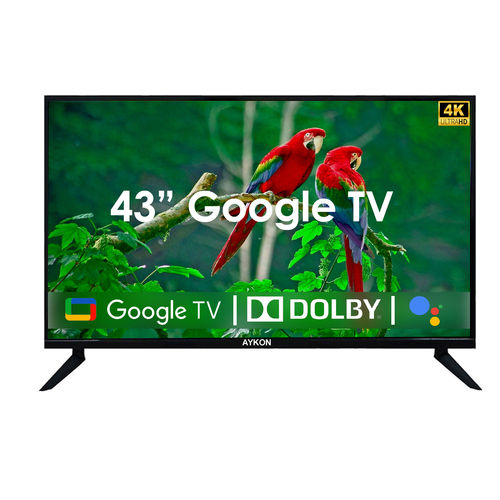
Google TV 43-Inch Smart LED Television - 1920x1080 Full HD, 4000:1 Contrast Ratio, Voice Remote, Stream Everywhere
Get Best Deal

With Metal Body Smart 4K Led Tv
Price : 5000 INR
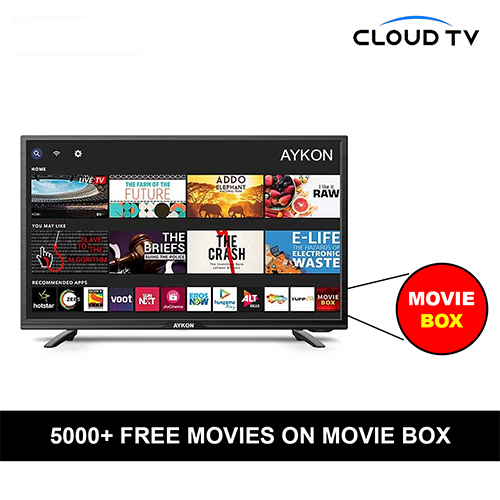
32 Cloud Led Tv 1Gb - Color: Black
Price : 6356.0 INR
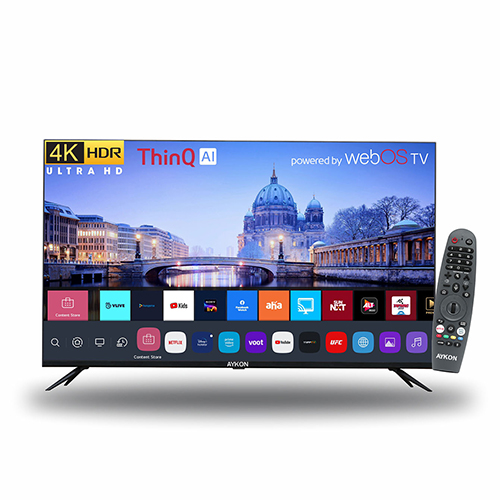
86 Web Os Led Tv - Color: Black
Price : 77734.0 INR
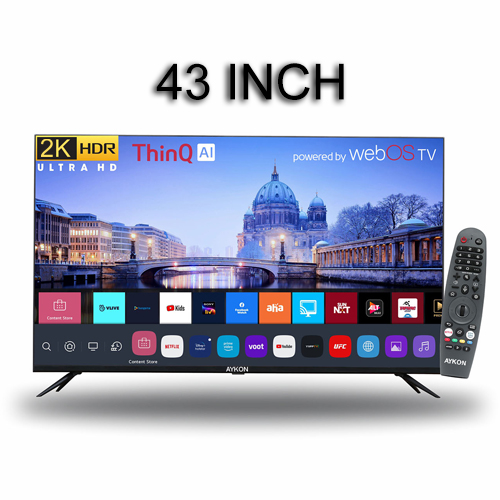
43 Web Os 2K Led Tv - Color: Black
Price : 11562.0 INR
Hlt Led Tv
Price: 5900 INR/Box
MOQ3 Box/Boxes
ColorBlack
Product TypeLED TV
MaterialPlastic
Size32-65 inches
Voltage110-240V
Power SupplyAC
Home Link Trading Co.
Pune
 Trusted Seller
Trusted Seller Premium Seller
Premium Seller8 Years
View More
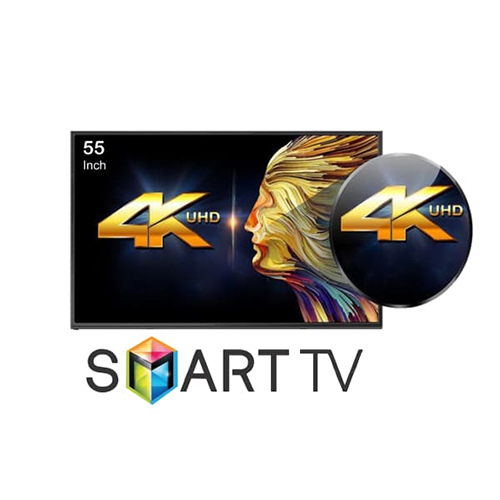
Led Tv 55 Smart Tv 4K Uhd Application: Industrial
Price : 30100 INR
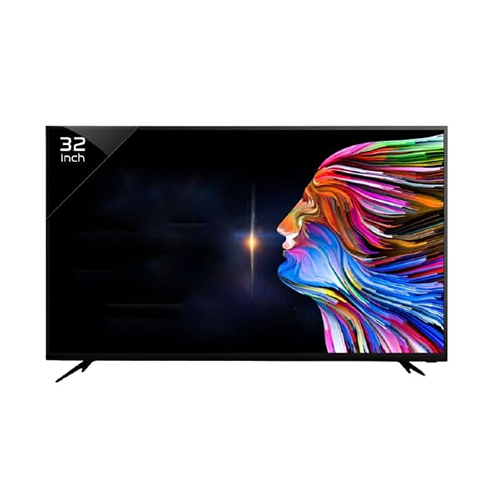
Led Tv 32 Smart 4K Uhd Application: Industrial
Price : 9786 INR
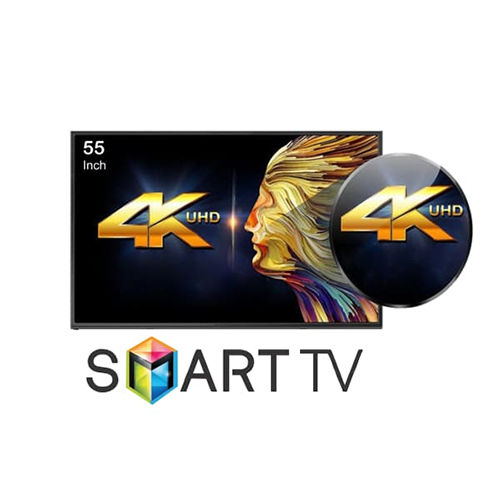
Led Tv 55 Smart Uhd (Voice Command) Application: Industrial
Price : 32900 INR
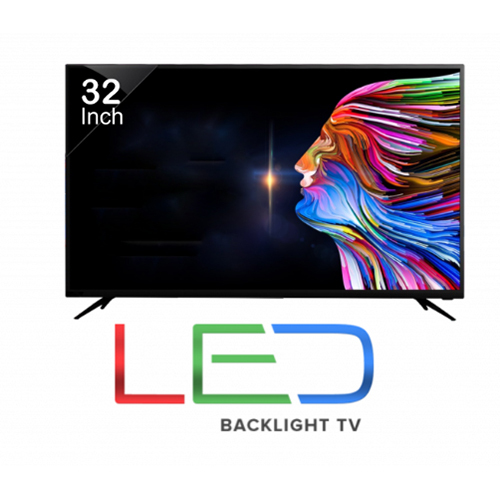
Hlt Led Tv (32 Inch) Application: Industrial
Price : 8386 INR
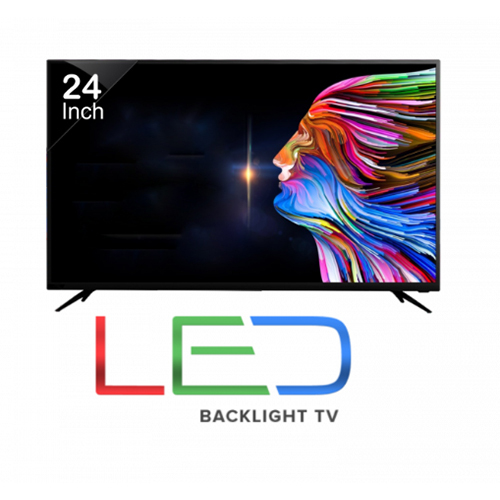
Hlt Led Tv (24Inch) Application: Industrial
Price : 5530 INR
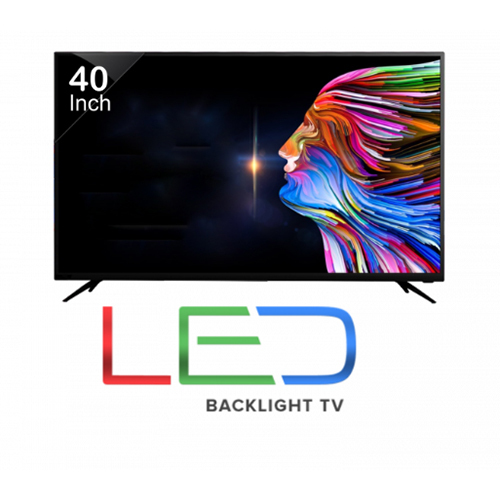
Hlt Led Tv (40 Inch) Application: Industrial
Price : 12500 INR
Frame Less Led Tv - Color: Black
Price: 12400 INR/Piece
MOQ10 Piece/Pieces
ColorBlack
HDMI2
Product TypeLED
MaterialPlastic
Screen Size40 Inch (in)
Input Power110/240 Volt-Ampere (VA)
View More

65 Inch Smart Led Tv - Material: Plastic
Price : 34800.0 INR
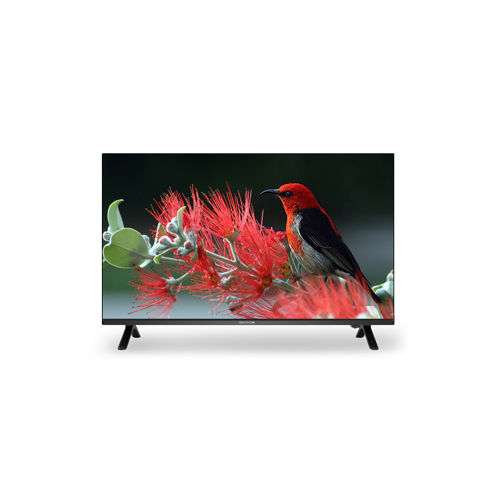
32 Inch Full Hd Led Tv - Material: Plastic
Price : 6519.0 INR
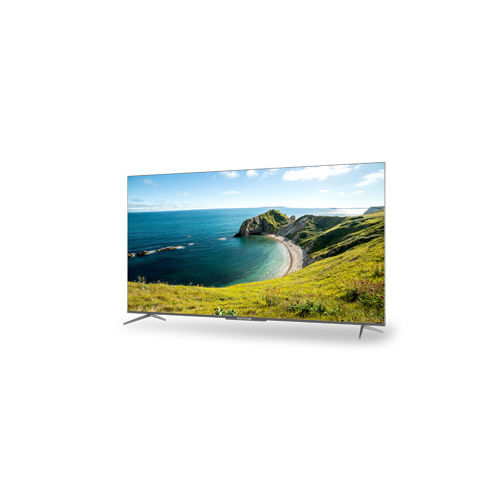
Plastic 65 Inch Smart Frameless Led Tv
Price : 35000 INR
Black 55 Inch Smart Led Tv
Price: 5000 INR/Piece
MOQ30 Piece/Pieces
HDMI2
ColorBlack
Product TypeTV
Screen Size1397 Millimeter (mm)
Input Power220 Volt (V)
Resolution1920x1080
M/s Harpreet Color Vision Private Limited
Noida
 Trusted Seller
Trusted Seller Premium Seller
Premium Seller10 Years
View More
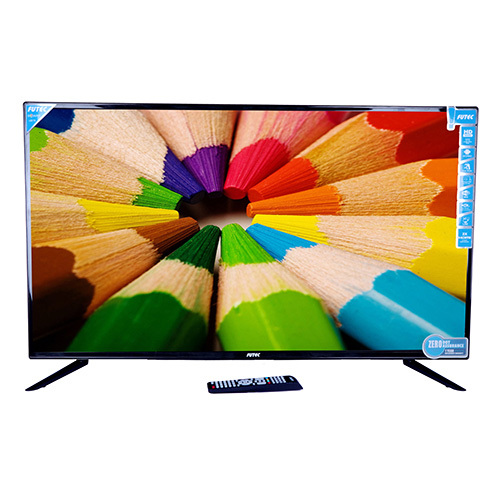
50 Inch Led Tv Input Power: 220 Volt (V)
Price : 5000 INR
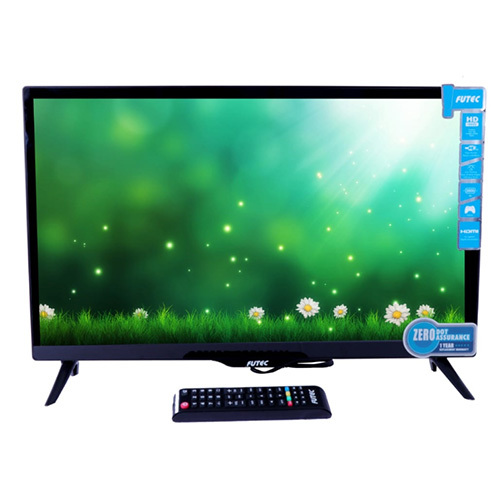
24 Inch Normal Led Tv Input Power: 220 Volt (V)
Price : 5000 INR
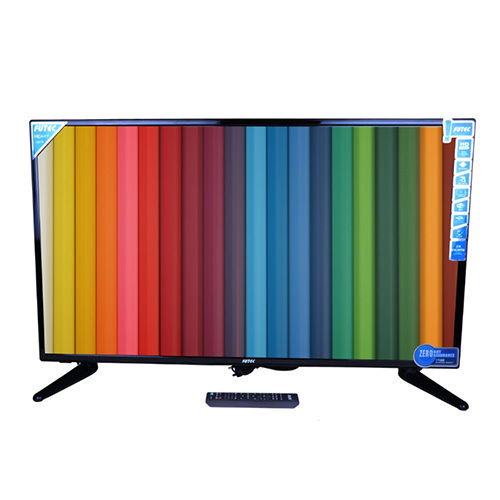
40 Inch Led Tv (Smart Front) Input Power: 220 Volt (V)
Price : 5000 INR
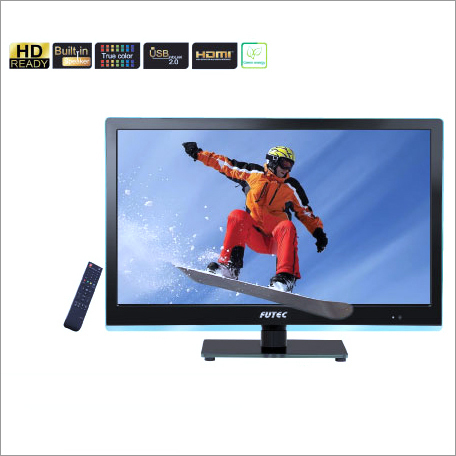
24 Inch LED TV - 1366 x 768 Resolution, Black Color, 1 HDMI Port, 220V Input Power, 609.6 mm Screen Size, 1 Year Warranty
Price : 5000 INR
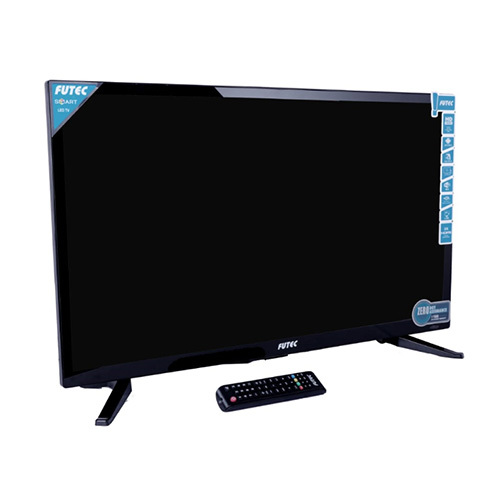
32 Inch Led Tv (Smart Front) Input Power: 220 Volt (V)
Price : 5000 INR
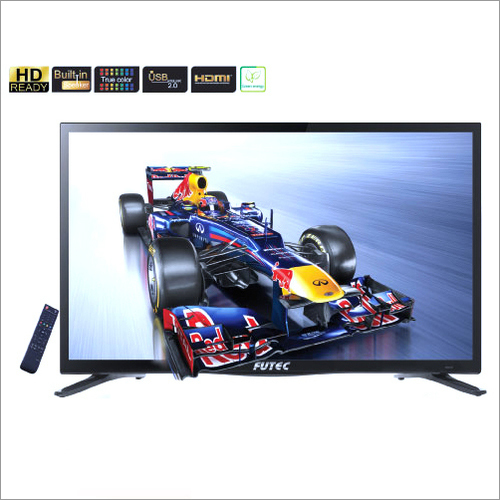
Black 39 Inch Led Tv
Price : 5000 INR
43 Inch Cloud Led Tv - Input Power: 90-220 Volt (V)
Price: 17600.0 INR/Unit
MOQ50 Unit/Units
HDMIAvailable
Product TypeLED
Screen Size43 Inch (in)
Input Power90-220 Volt (V)
Wide Screen SupportYes
ResolutionHigh
Tosh Electronics Private Limited
Greater Noida
 Trusted Seller
Trusted Seller Premium Seller
Premium Seller2 Years
View More
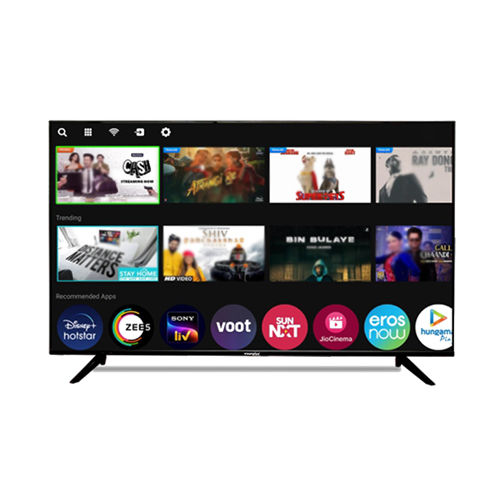
32 Cloud Led Tv - Contrast Ratio: 16.8
Price : 11000.0 INR
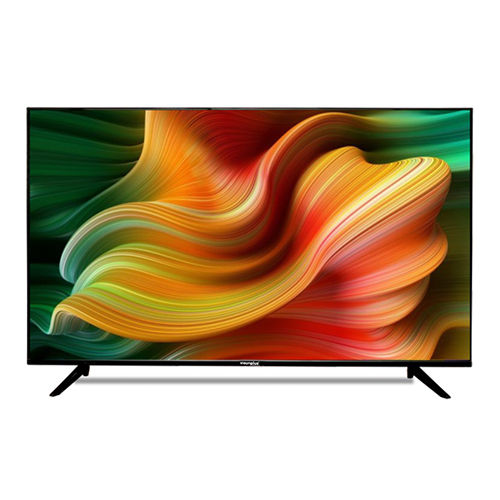
32 Inch Led Tv - Input Power: 90-220 Volt (V)
Price : 9000.0 INR
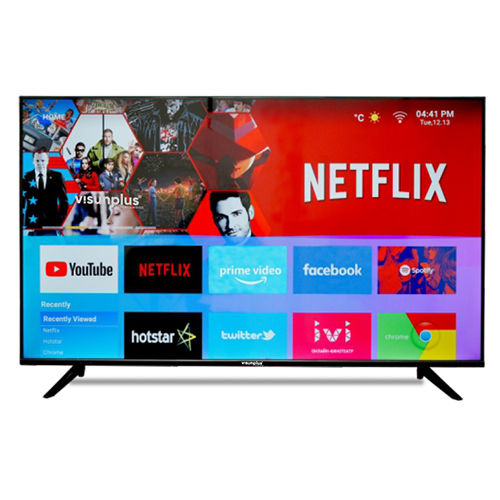
32 Inch Android Led Tv - Input Power: 90-220 Volt (V)
Price : 7200 INR

40 Cloud Led Tv - Input Power: 90-220 Volt (V)
Price : 17300.0 INR
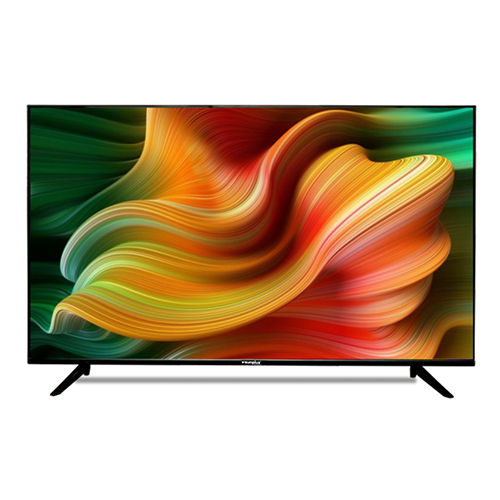
32 Inch Led Tv - Input Power: 90-220 Volt (V)
Price : 9000.0 INR
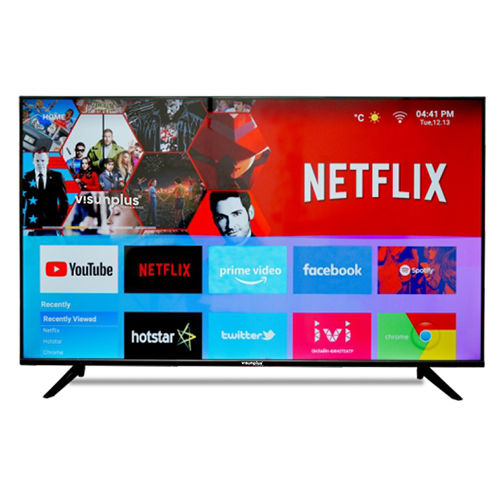
43 Inch Android Led Tv - Input Power: 90-220 Volt (V)
Price : 15600.0 INR
SAMSUNG LED TV - 55-Inch Ultra HD, Smart Features, Crystal Clear Display, Energy Efficient
MOQ20 Piece/Pieces,
Product DescriptionSAMSUNG LED TV
Network Techlab India Private Limited
Thane
 Trusted Seller
Trusted Seller Premium Seller
Premium Seller2 Years
Earthonic'S 4K Brilliance Led Tv - Color: Color Full
MOQ5 Piece/Pieces
Remote ControlYes
Product TypeLED
MaterialPlastic
Screen Size32-85 Inch (in)
Frequency (MHz)50 Hertz (HZ)
Voltage220 Volt (v)
View More
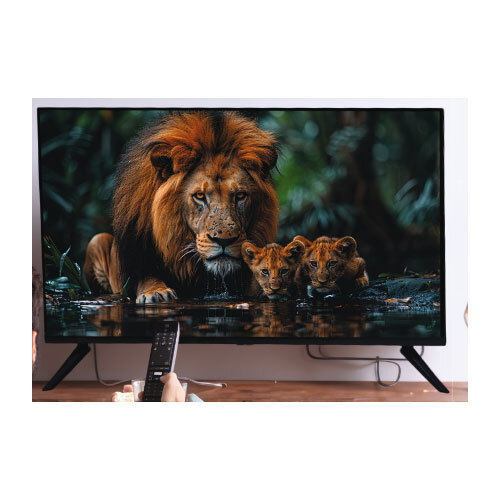
Smart Led Tv - Color: Color Full
Get Best Deal
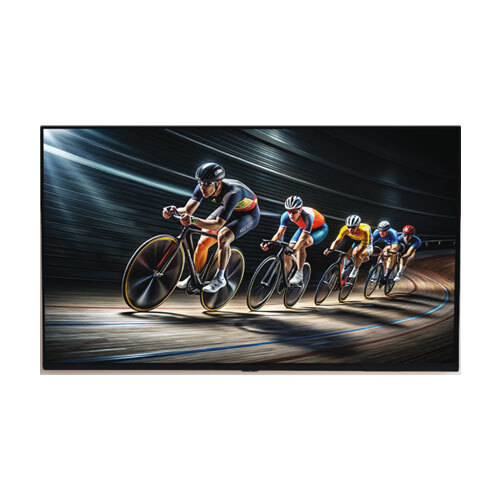
E32Hd11Gs24 Led Tv - Color: Color Full
Get Best Deal
50 Inch 4K Led Tv Application: 11
Price: 21000 INR/Box
MOQ10 , Box/Boxes
ColorBlack
ShapeRectangular
Product Type4k led tv
Input Voltage220 Volt (V)
Application11
Size50 inch
Powerteck Industries
Delhi
 Trusted Seller
Trusted Seller Premium Seller
Premium Seller7 Years
View More
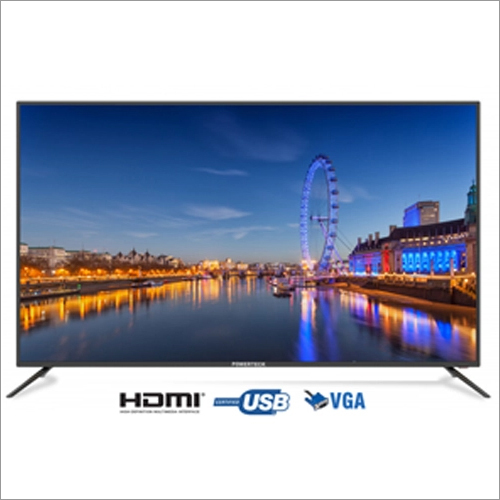
Black 40 Inch Full Hd Led Tv
Price : 8500 INR
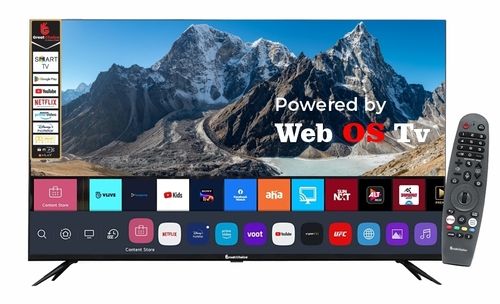
32 Inch Android Led Tv Input Voltage: 55 Watt (W)
Price : 6900 INR
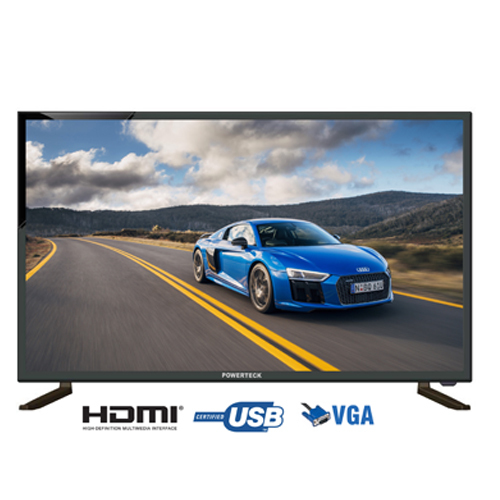
All 24 Inch Led Tv
Price : 4400 INR

All 32 Inch Led Tv
Price : 6300 INR
Trion 40 Inch Smart Led Tv - Color: Black
Price: 21999.0 INR/Piece
MOQ50 Piece/Pieces
ColorBlack
Product TypeTV
Screen Size40 Inch (in)
Input Power220 Volt (V)
Wide Screen SupportNo
Voltage220-240 Volt (v)
View More

Led Tv Manufacturer - Color: Black
Price : 12999.0 INR

32 Smart Web Os Led Tv - Color: Black
Price : 18999 INR

Trion 55 Inch(140Cm) Smart Led Tv - Color: Black
Price : 41999 INR

Trion 32 Inch(80Cm) Smart Led Tv - Color: Black
Price : 15799 INR

Trion 40 Inch(102Cm) Hd Led Tv - Color: Black
Price : 21999.0 INR
Samsung Led TV - 3.5mm Ultra-Narrow Bezel, 320x160 Dimensions, 43-55 Inch Size | Seamless Display, Wide Viewing Angles, Non-Glare Panels
Price: 120000 INR/Piece
MOQ50 Piece/Pieces
Screen Dimension320(W)*160(H)
Size43-55 Inch
ApplicationOutdoor Type
Pixels6.5 mm Megapixel (MP )
UsageCommercial & Home
Control ModeManuel
A.S. Enterprises
New Delhi
 Trusted Seller
Trusted Seller Premium Seller
Premium Seller3 Years
View More

Hg55At690 Samsung Commercial Led Tv - Application: Outdoor Type
Price : 60000 INR

Sam Hg55Au800 Led Tv Application: Commercial
Price : 48640 INR
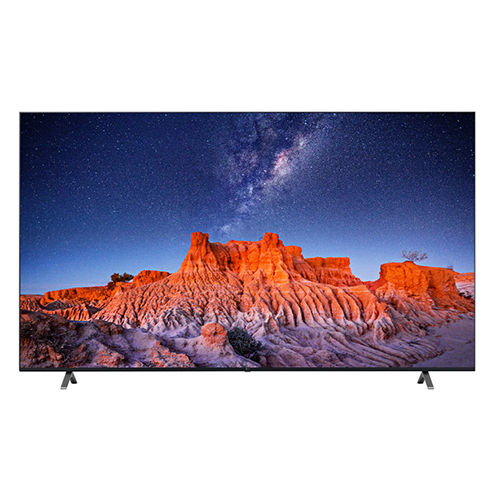
Lg Led Tv 43Uq801 Lg Commercial Led Size: Customized
Price : 31500 INR
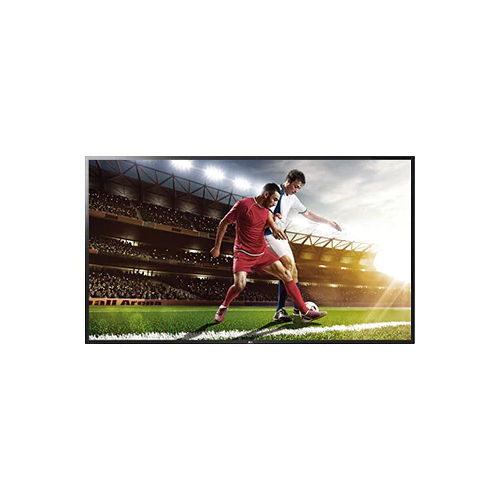
Lg Led Tv.32Lm561C Application: Commercial
Price : 16000 INR
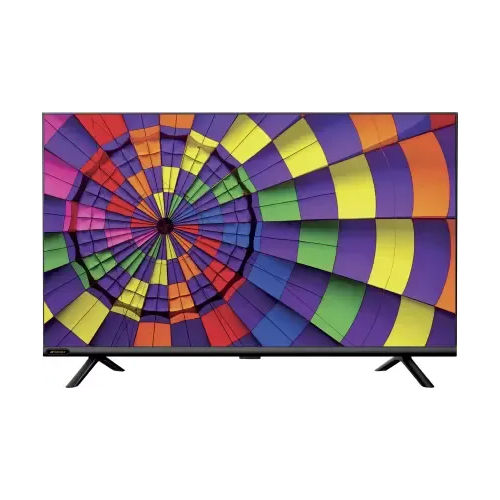
SANSUI 32 LED TV - 32 Inch Full Color Display, 1366 x 768 Pixels, Ideal for Commercial Use
Price : 12900 INR
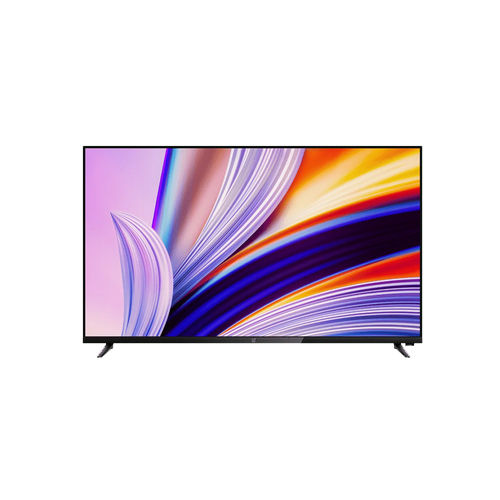
43Y1 One Plus Led Tv - Application: Outdoor Type
Price : 15000 INR
65 Inch (4K) UHD LED TV - 3840x2160 Resolution, 16:9 Aspect Ratio, 178 Viewing Angle, HDMI & USB Ports, 10W Audio Output, 5ms Response Time
Price Trend: 75000.00 - 80000.00 INR/Piece
MOQ20 Piece/Pieces
Product TypeLED
Screen Size65 Inch (in)
Feltron Industries Pvt. Ltd.
Greater Noida
 Trusted Seller
Trusted Seller Premium Seller
Premium Seller8 Years
View More

43 Inch Ultra HD LED TV
Price Trend : 4000.00 - 26000.00 INR
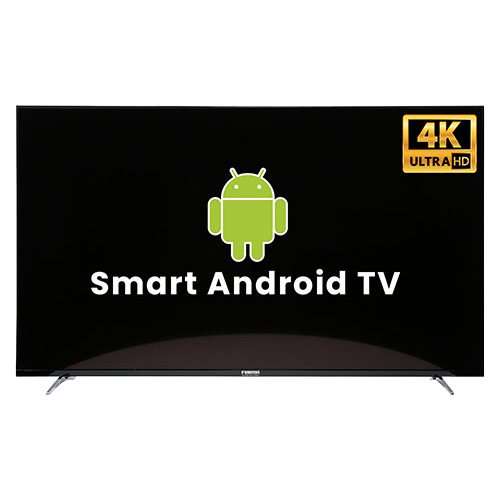
55 Inch (4K) UHD LED TV
Price Trend : 49000.00 - 52000.00 INR
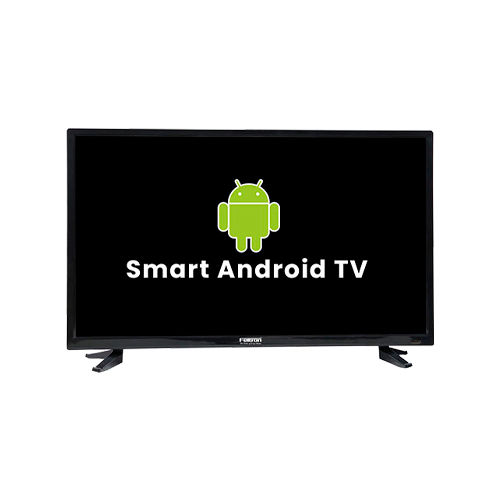
32 Inch Smart LED TV - 1366x768 Resolution, 178° Viewing Angle, 10W+10W Audio Output, HDMI & USB Ports, Auto Sleep Function, Noise Reduction
Price Trend : 4000.00 - 26000.00 INR
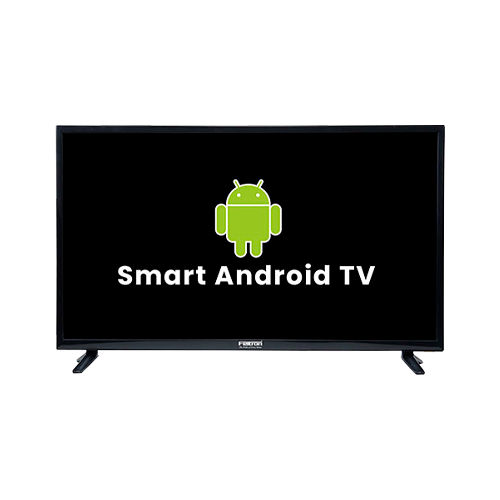
Smart LED TV - 39 Inch | Stunning Visuals, Energy Efficient, Stylish Design
Price Trend : 18500.00 - 22000.00 INR
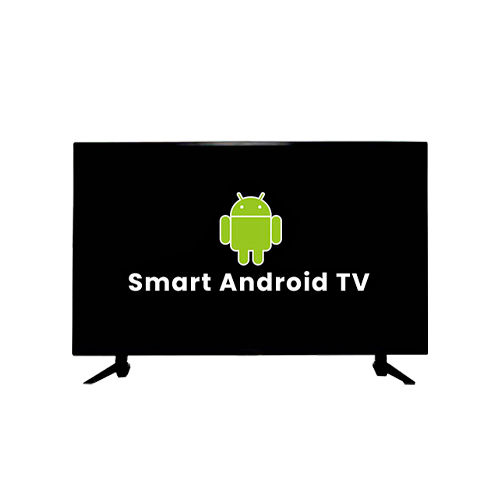
24 Inch Smart LED TV - High-Definition Display | Ultra-Slim Design, Smart Connectivity, Energy Efficient
Price Trend : 12000.00 - 15000.00 INR
Top Rated Products
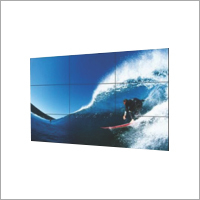
SAMSUNG LED TV - 55-Inch Ultra HD, Smart Features, Crystal Clear Display, Energy Efficient
Network Techlab India Private Limited
FAQs Related to Led Tv
Consider the following things to get the perfect LED TV for yourself within your budget:
- Price
- Sound
- Connectivity Options
- Refresh Rate
- Screen Resolution
- Screen Size
- Display the type of TV
24" LED TV - 1080p Resolution, 16:9 Contrast Ratio | Black Plastic, 2 HDMI Ports, 1 Year Warranty, 50 Hz Frequency
Price: 3000 INR/Number
MOQ1 Number
HDMI2
Product TypeTV
MaterialPlastic
Screen Size24 Inch (in)
Input Power220V Volt (V)
Frequency (MHz)50 Hertz (HZ)
View More
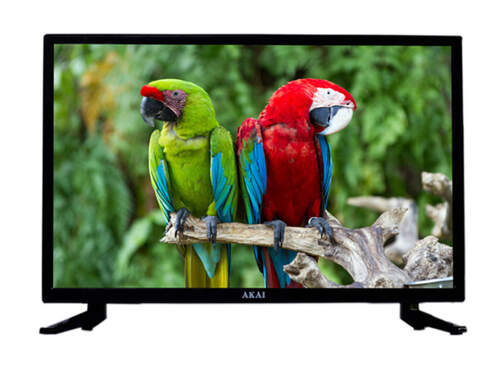
50 ''Inch Smart Hd 4K Led Tv - Color: Black
Price : 16900 INR
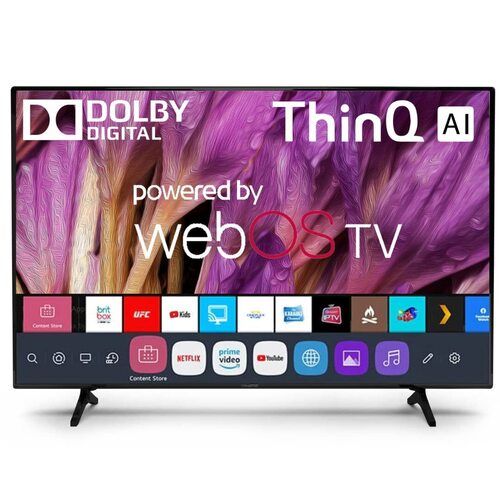
43' Inch Smart 4K Android Web Os Led Tv - Color: Black
Price : 14999 INR

100-Inch Smart 4K LED TV - 230x12x130cm, Black | Dolby Audio, Voice Remote, Built-in Streaming Apps, Ultra-Thin Design, Energy Saving Features
Price : 95000 INR
32-46 Inches Led Tv For Home And Hotel
Price: 15000 INR/Piece
MOQ10 Piece/Pieces
Colorblack
Product TypeLED
Materialplastic
Screen Size32-46 Inch (in)
50 Inch Led Tv - Color: Different Available
Price: 16500 INR/Unit
MOQ200 Unit/Units
HDMIAvailable
ColorDifferent Available
Product TypeLED
MaterialPlastic & Glass
Screen Size50 Inch (in)
Wide Screen SupportYes
View More
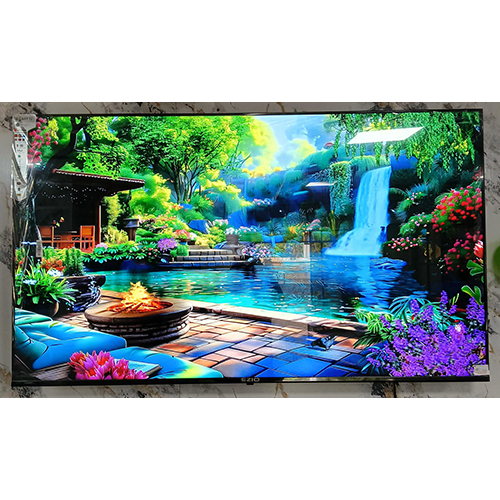
Led Flat Tv - Color: Different Available
Price : 5100.0 INR
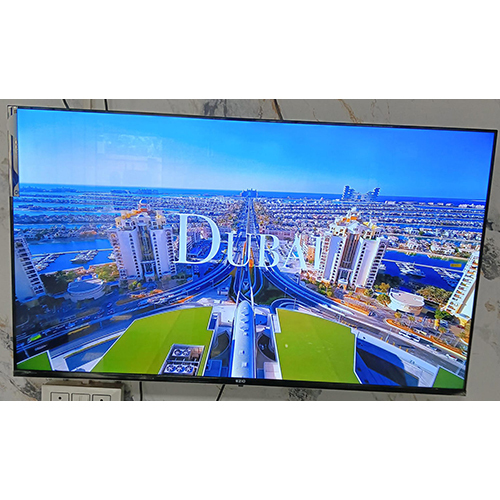
43 Inch Led Tv - Color: Different Available
Price : 9500.0 INR
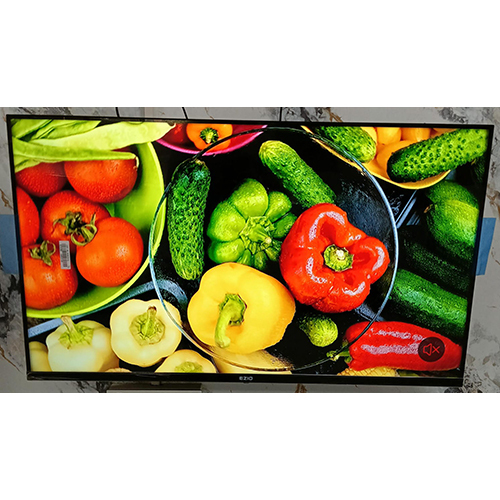
32 Inch Led Tv - Color: Different Available
Price : 51000 INR
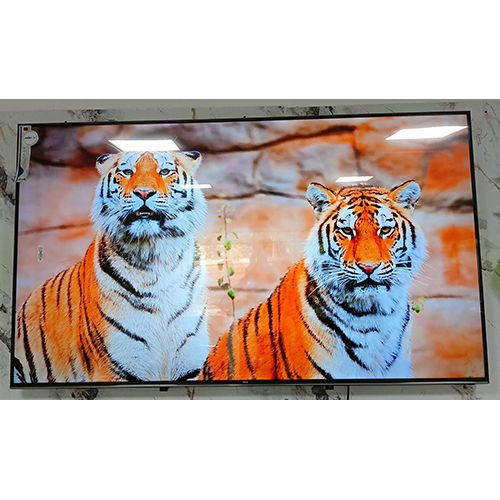
55 Inch Led Tv - Color: Different Available
Price : 22500 INR
43 Inch Frameless Led Tv - Color: Black
Price: 18000.0 INR/Unit
MOQ100 Unit/Units
ColorBlack
Product TypeLED
MaterialPlastic & Glass
Frequency (MHz)60 Hertz (HZ)
Wide Screen SupportYes
ResolutionHigh
Archana Enterprises
Kundli
 Trusted Seller
Trusted Seller Premium Seller
Premium Seller3 Years
View More
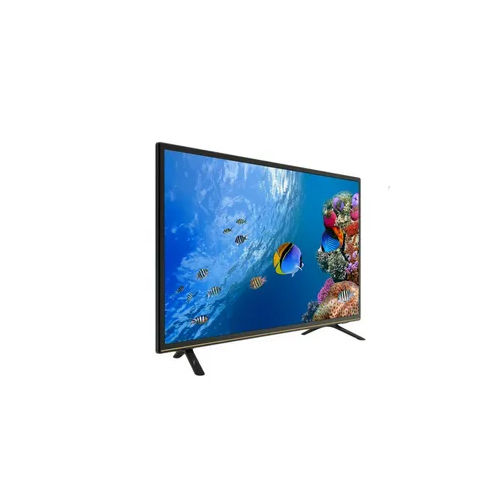
55 Inch Smart Led Tv - Color: Black
Price : 30000.0 INR
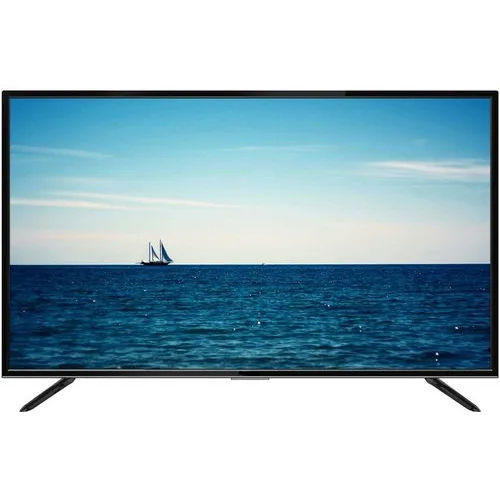
50 Inch Smart Led Tv - Color: Black
Price : 24000.0 INR
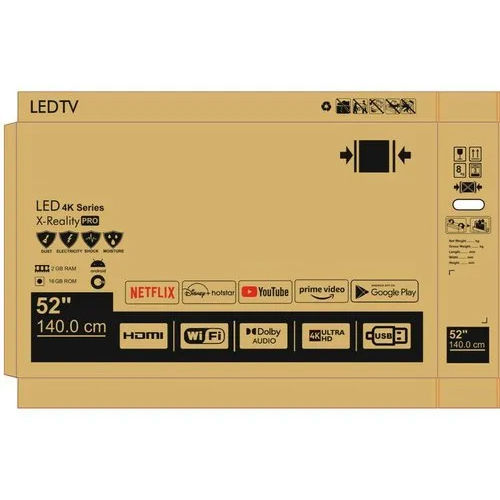
50 Inch Wall Mounted Smart Led Tv - Color: Black
Price : 24000.0 INR
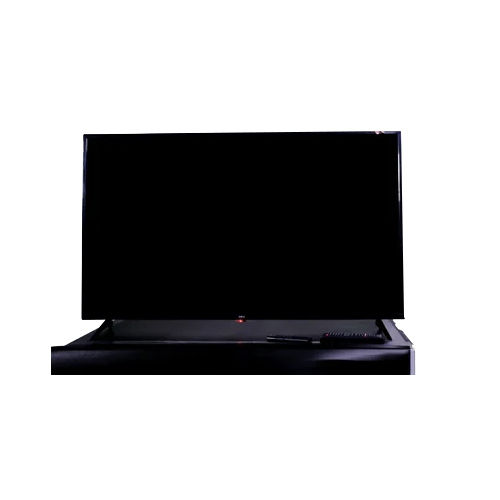
86 Inch 4K Led Tv - Color: Black
Price : 90000.0 INR
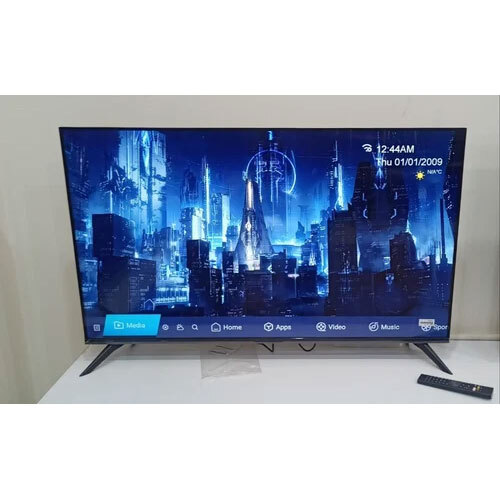
65 Inch Smart 4K Led Tv - Color: Black
Price : 42999 INR
32Hs680B 32 Inch Lloyd Smart Led Tv - Color: Black
Price: 17490 INR/Unit
MOQ1 Unit/Units
ColorBlack
Product TypeLED
MaterialMetal
Voltage240 Volt (v)
Warranty12 months
View More
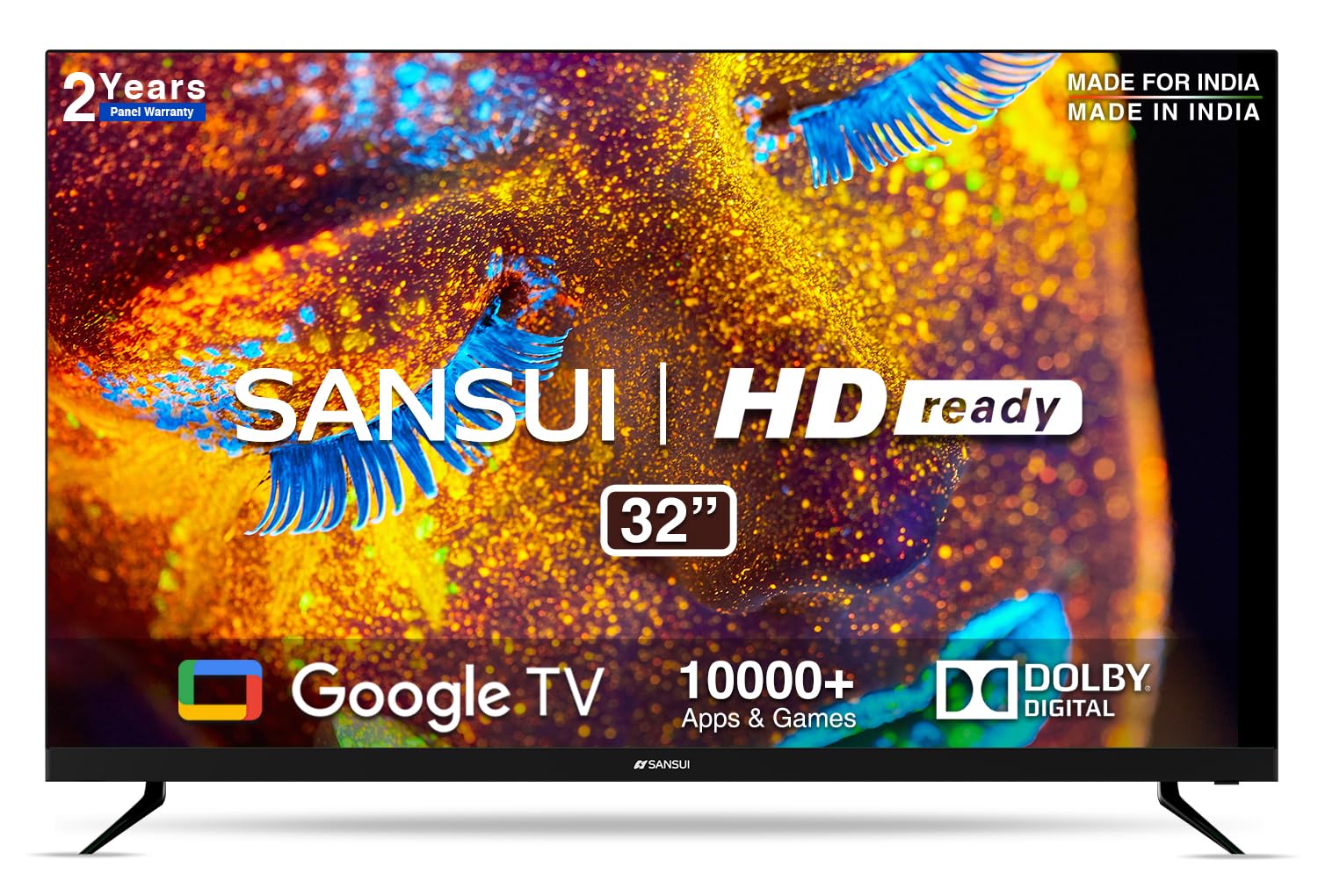
Sansui 32 Inch Hd Ready Smart A+ Led Google Tv - Color: Black
Price : 11999.00 INR
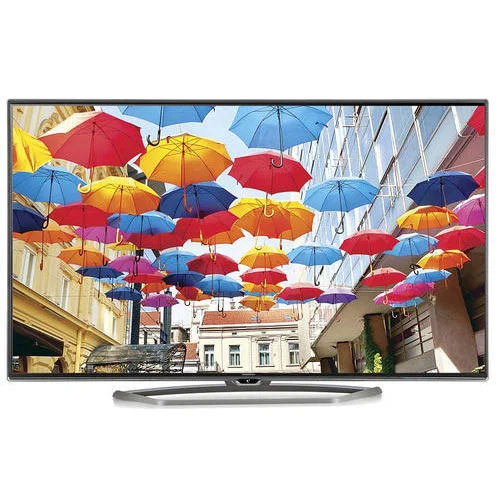
39Whn-01 39 Inch Wybor Led Tv - Color: Black
Price : 22000 INR
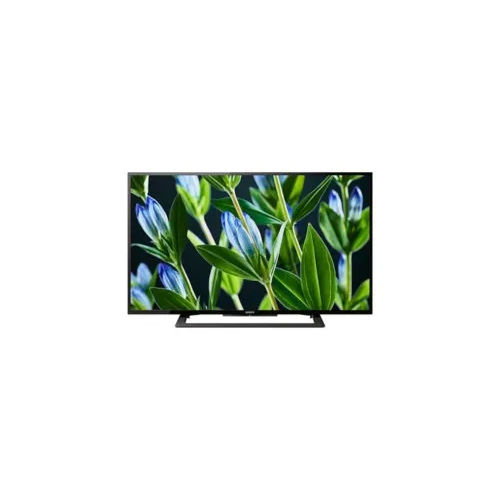
Lv-32R202G 32 Inch Led Tv - Color: Black
Price : 19990 INR
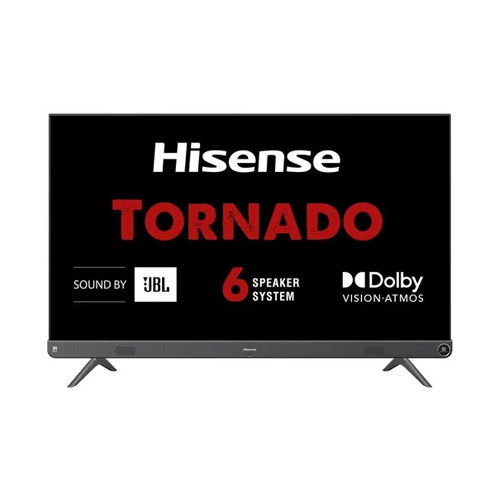
50A73F Hisense 4K Ultra Hd Smart Android Led Tv - Color: Black
Price : 43999 INR
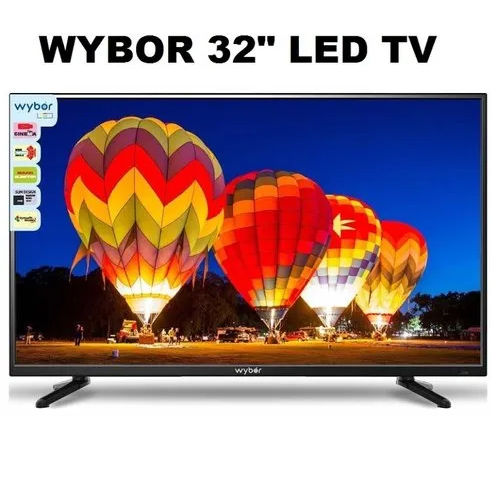
32 Inch Wyboer Led Tv - Color: Black
Price : 9990 INR
Black 85 Wus C9 Tv
MOQ10 Piece/Pieces
HDMIYes
Recording ModeYes
Product TypeLED
Wide Screen SupportYes
Voltage220 Volt (v)
ColorBlack
43 Inch Smart Frameless LED TV - Super-Slim Bezel, Wide Screen Support, Streaming Capabilities, Premium Audio Experience, Innovative Design
Price Trend: 8000.00 - 75000.00 INR/Piece
MOQ20 Piece/Pieces
Product TypeLED
Screen Size43 Inch (in)
Wide Screen Support1
View More

40 Inch Samrt Voice Command Led Tv Wide Screen Support: 1
Price Trend : 8000.00 - 75000.00 INR
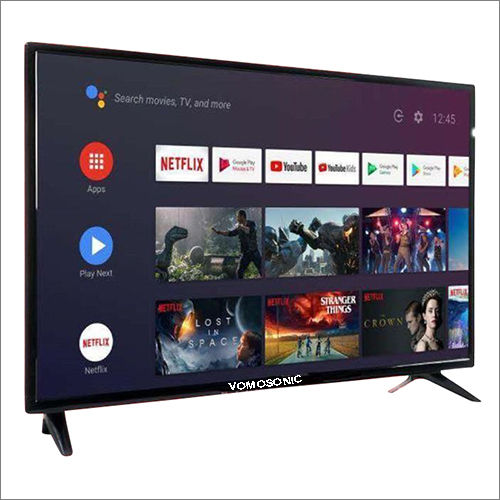
55 Inch Samrt 4K With Voice Command Led Tv Wide Screen Support: 1
Price Trend : 8000.00 - 75000.00 INR
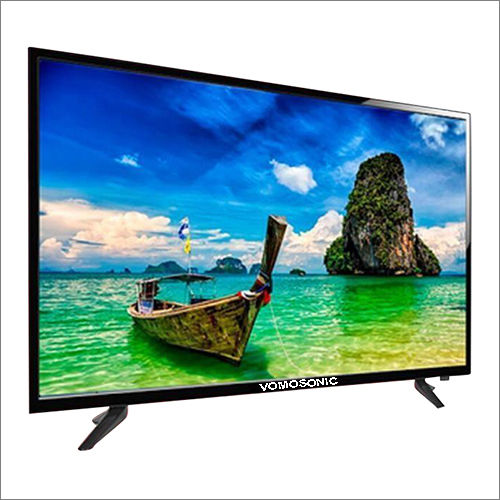
65 Inch Smart 4K Led Tv Wide Screen Support: 1
Price Trend : 8000.00 - 75000.00 INR

50 Inch Smart Led Tv Wide Screen Support: 1
Price Trend : 8000.00 - 75000.00 INR

Vomosonic 21 inch LCD TV
Price : 3600 INR
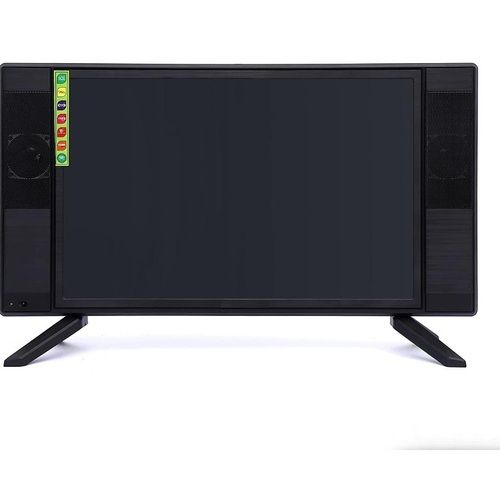
Vomosonic 19 Inch Wide Screen HD LCD TV
Price : 3500 INR
Allwyn 24 Inch Led Tv Frequency (Mhz): 50 Hertz (Hz)
Price: 6499 INR/Unit
MOQ50 Unit/Units
HDMIYes
MaterialPlastic
Screen Size24 Inch (in)
Frequency (MHz)50 Hertz (HZ)
Voltage230 Volt (v)
WarrantyYes
View More
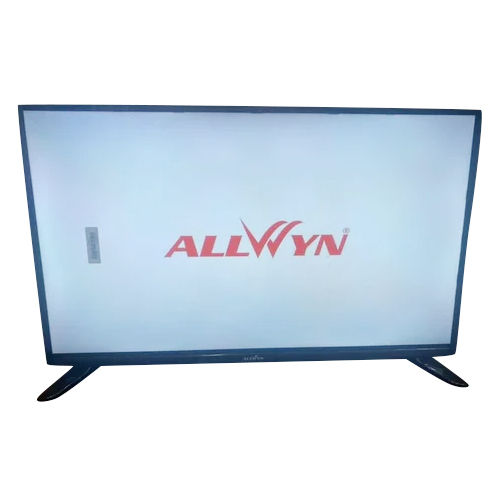
Plastic 43 Inch Allwyn Smart Led Tv
Price : 15999 INR
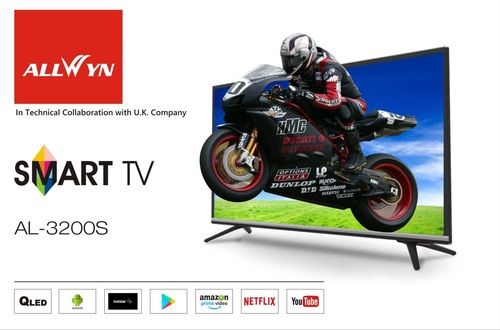
Plastic 32 Inch Allwyn Led Tv
Price : 8999 INR
43 Inch Elista Sf43Eba88 Smart Led - Color: Black
Price: 35990 INR/Piece
MOQ1 Piece/Pieces
ColorBlack
LCD DisplayYes
Screen Size43 Inch (in)
Frequency (MHz)50 Hertz (HZ)
Wide Screen SupportYes
Resolution4K UHD
Hybro 55 Inch Smart Android 4K Ultra HD LED TV - Plastic, Black | 30 Watt Sunvoice Speaker, 2 HDMI Ports, 1 Year Warranty
Price: 29500.00 INR/Piece
MOQ1 Piece/Pieces
ColorBlack
HDMI2
Product TypeLED
MaterialPlastic
Screen Size55 Inch (in)
Frequency (MHz)50 Hertz (HZ)
View More
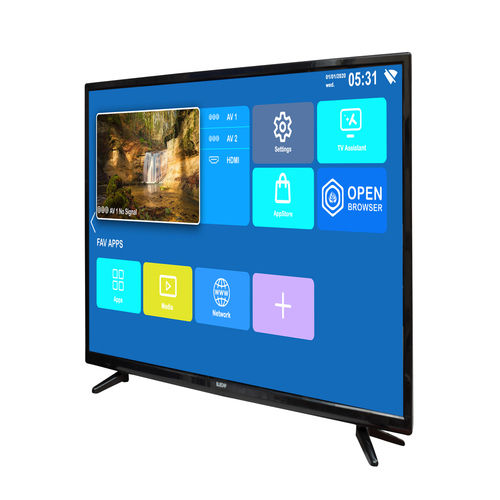
32 Inch Display Smart LED TV, Resolution 3480x2160p
Price : 24000 INR

Black LED TV - Durable Scratch Resistant Design | High Definition, Wall Mounted, Electric Power Source
Get Best Deal
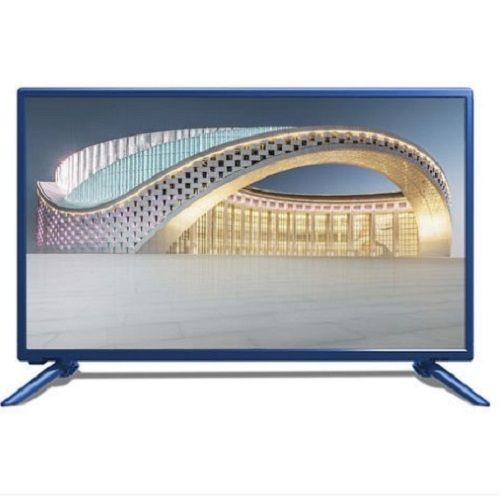
LED Smart TV - 32 Inch, 720p Resolution, Metallic Black | 2 HDMI Ports, 3000:1 Contrast Ratio, Detachable Power Cord, 5.55 KG Weight
Price : 13900 INR
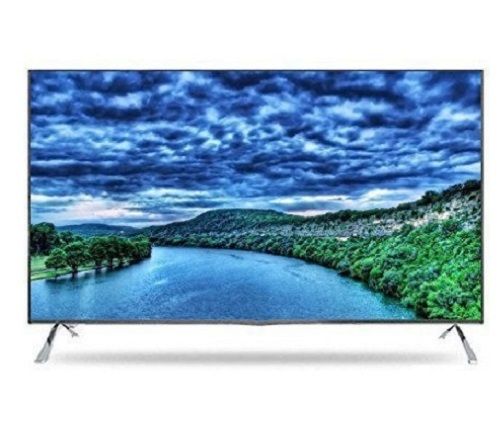
Black 29X3X17 Cm 1080 P Modern Hybro 32 Inch Android Full Hd Led Tv
Price : 11900 INR
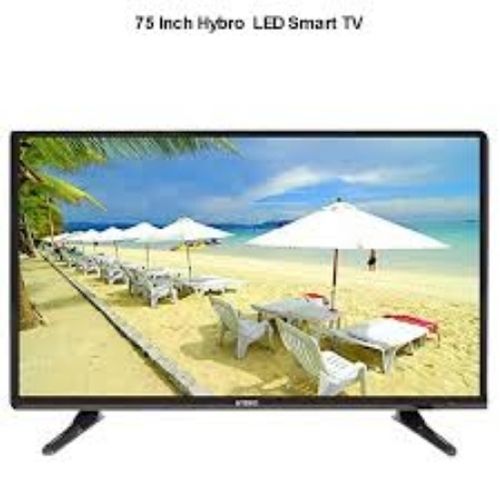
Compact Design Durable 75 Inches Smart LED TV
Get Best Deal
50 Inch LED TV - Plastic, PVC, Black | Energy Efficient, High Contrast Ratio, Slim Design, Wide Viewing Angle, 1 Year Warranty
Price: 26200 INR/Piece
MOQ1 Piece/Pieces
ColorBlack
HDMIYes
MaterialPlastic, PVC
Screen Size50 Inch (in)
Voltage120 to 220 Volt (v)
Warranty1 Year
View More

65 inch LED TV
Get Best Deal
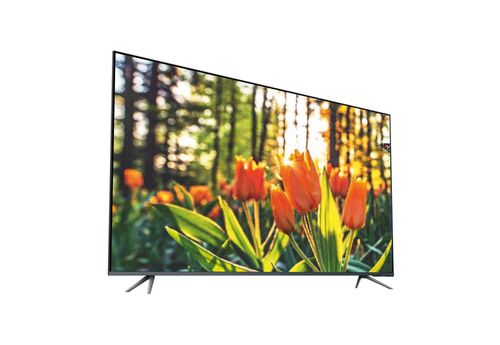
65 Inch LED TV - Plastic and PVC Build | 120 to 220 Voltage, Black Color, 1 Year Warranty, HDMI Support
Price : 49000 INR

40 Inch LED TV - Plastic, PVC, 40 Inch Screen Size, Black Color | 1 Year Warranty, HDMI Support, Perfect Motion Rate for Crisp Action
Price : 16000 INR
Black 32-46 Inches Led Tv For Home And Hotel Use
Price: 15000 INR/Piece
MOQ20 Piece/Pieces
Colorblack
Product TypeLCD
Materialplastic
Screen Size32 Inch (in)
Wide Screen SupportYes
Led-50Sk 127Cm Led Tv - Color: Different Available
Price: 24500 INR/Box
MOQ10 Box/Boxes
HDMIAvailable
ColorDifferent Available
Product TypeLED
MaterialPlastic & Glass
Screen Size127 Centimeter (cm)
Wide Screen SupportYes
View More
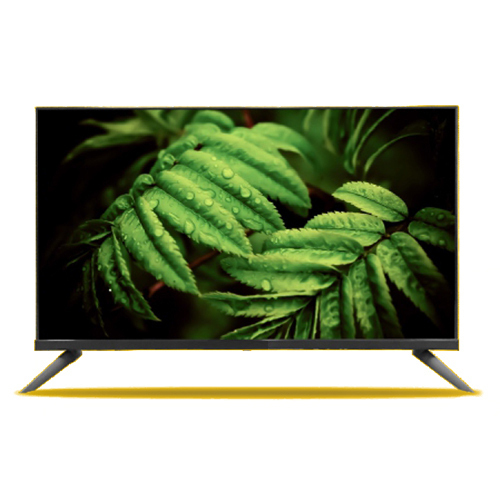
Led-32Fl S1-Bt 80Cm Smart Led Tv - Color: Different Available
Price : 10000 INR
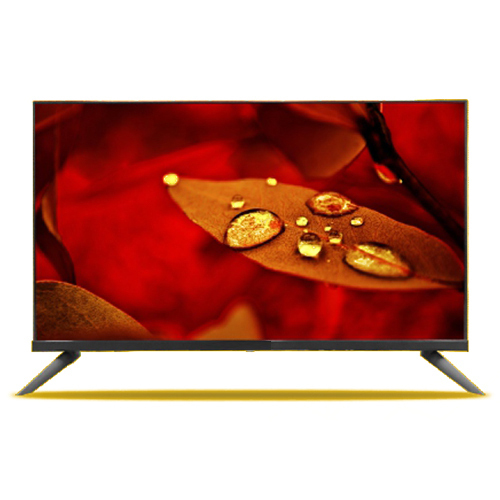
Led-32Fl 80Cm Led Tv - Color: Different Available
Price : 7500 INR
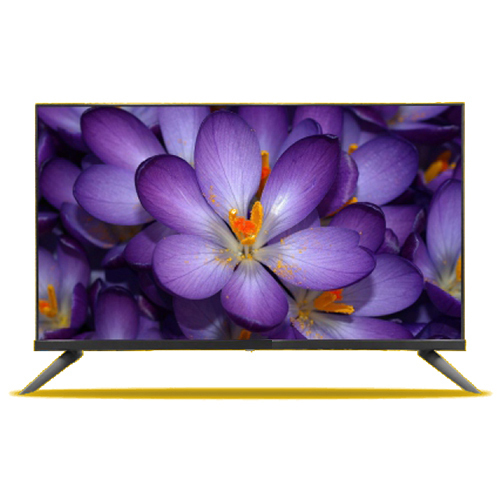
Led-32Fl S1 80Cm Smart Led Tv - Color: Different Available
Price : 7500 INR
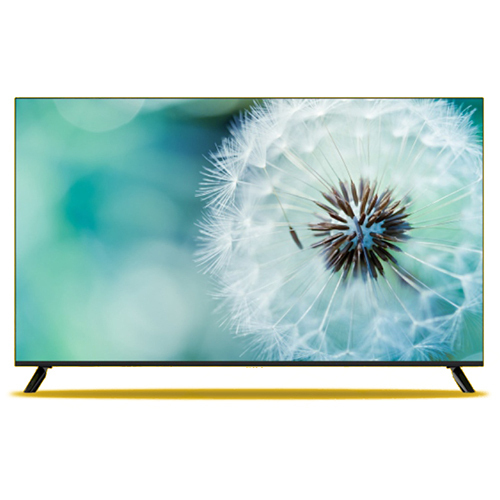
Led-65Sk 165Cm 4K Uhd Smart Led Tv - Color: Different Available
Price : 40000 INR
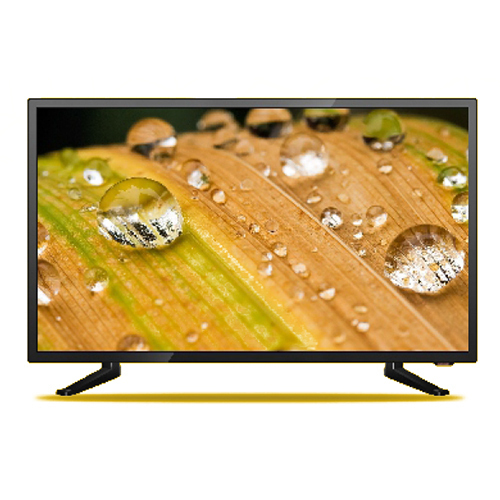
Led-24M 60Cm Hd Led Tv - Color: Different Available
Price : 6000 INR

Led-75Sk 191Cm 4K Uhd Smart Led Tv - Color: Different Available
Price : 65000 INR
Reshoki 6500 H Led Tv - Color: Black
Price: 52000 INR/Unit
MOQ1 Unit/Units
ColorBlack
HDMIYes
MaterialPlastic
Frequency (MHz)50 Hertz (HZ)
Resolution3840 x 2160 Mp
Voltage220 Volt (v)
View More
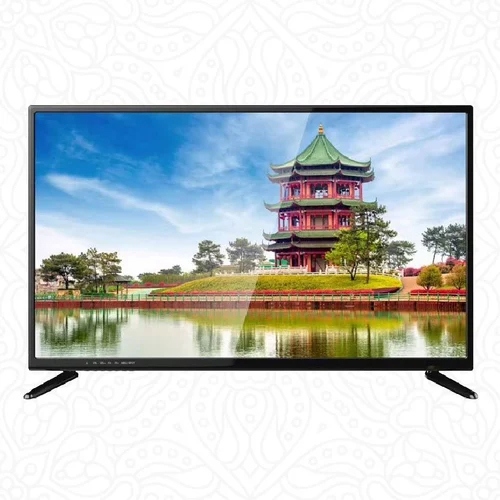
Reshoki 5500 H Led Tv - Color: Black
Price : 35000 INR
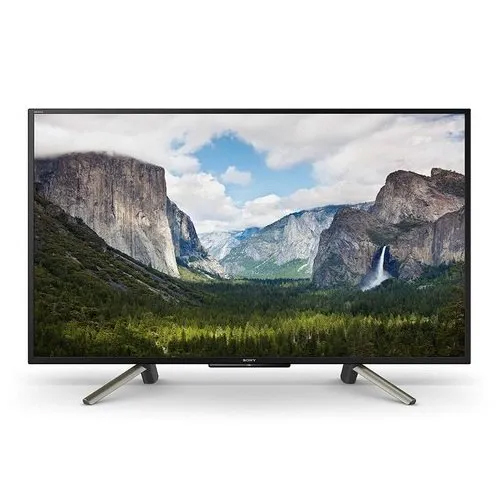
Sony43 Inch Led Tv - Color: Black
Price : 45000 INR
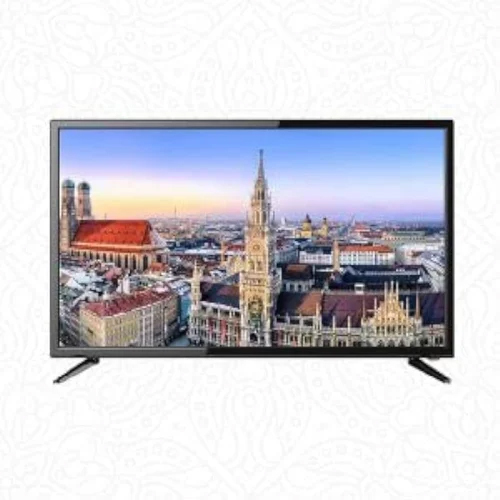
Reshoki 3900 LED TV
Price : 19000 INR
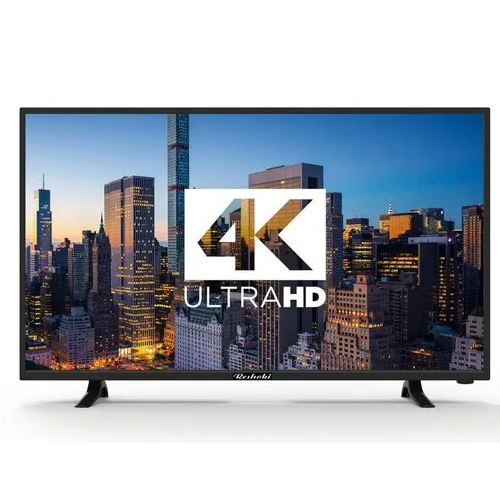
Reshoki Wall Mount Led Tv - Color: Black
Price : 21000 INR

65 Inch LED TV - Plastic Material, 3840 x 2160 Mp Resolution, Black Color, 50 Hz Frequency, HDMI Ports, 220 Volt, Warranty Included
Price : 75000 INR
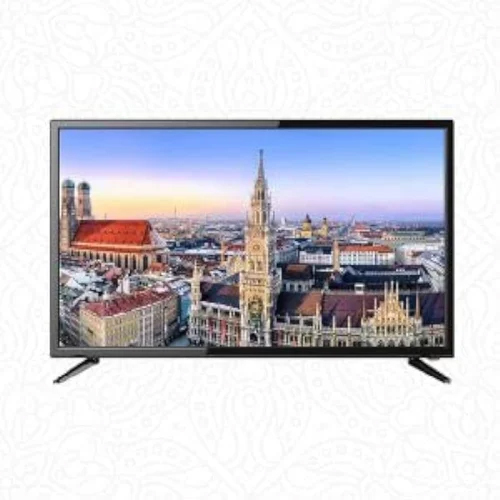
20 Inch Led Tv - Color: Black
Price : 20000 INR
Latest from Led Tv
FEDUS Black 13 Feet 2-pin Universal Replacement AC Power Cord Cable Wire
105.00 INR
By:
Cheeku Technologies
Earthonic's 4K Brilliance LED TV
By:
Richa Infosystems Pvt.ltd.
Popular Led Tv
Led Tv Price List
Product Name | Expected Price |
|---|---|
| 43 Led Tv | 10000 |
| Hd Led Tv | 12650 |
| Smart Led Tv | 30000 |
| Google Led Tv | 32400 |
| LED TV | 30000 |
| LED TV | 22000 |
| Voltriq 40-Inch Full Hd Ready Smart Led Google Tv | 14900 |
| Voltriq 55-Inch 4k Ultra Hd Ready Smart Led Google Tv | 39500 |
| Voltriq 85-Inch 4k Ultra Hd Ready Smart Led Google Tv | 199000 |
| Voltriq 50-Inch 4k Ultra Hd Ready Smart Led Google Tv | 34900 |
This Data was Last Updated on 2025-08-08
Led Tv Manufacturers | Suppliers in India
Company Name | Member Since |
|---|---|
Haver Electric Private Limited Faridabad, India | 13 Years |
M/s Harpreet Color Vision Private Limited Noida, India | 10 Years |
Abbay Trading Group, Co Ltd Mersin, Turkey | 10 Years |
Home Link Trading Co. Pune, India | 8 Years |
Feltron Industries Pvt. Ltd. Greater Noida, India | 8 Years |
Powerteck Industries Delhi, India | 7 Years |
Trion Global Solution Llp Greater Noida, India | 6 Years |
Indias Company New Delhi, India | 6 Years |
Oneiric Appliances Pvt. Ltd. Gurugram, India | 6 Years |
Richa Info Systems Limited Gandhinagar, India | 4 Years |
Upcoming Tradeshows
Autoserve 2025
Thu, 09 Oct, 2025 - Sat, 11 Oct, 2025
China (Guzhen) International Lighting Fair 2025
Wed, 22 Oct, 2025 - Sat, 25 Oct, 2025
20th EverythingAboutWater Expo 2025
Thu, 28 Aug, 2025 - Sat, 30 Aug, 2025
Wastetech India 2025
Thu, 11 Dec, 2025 - Sat, 13 Dec, 2025
3D GRAPHY ENGINEERING & MEDICAL (3D GEM) 2025
Thu, 09 Oct, 2025 - Fri, 10 Oct, 2025
INDIA GREEN ENERGY EXPO 2026
Wed, 29 Jul, 2026 - Fri, 31 Jul, 2026
Dairy Expo 2025
Fri, 11 Dec, 2026 - Sun, 13 Dec, 2026
SRW INDIA WATER EXPO 2026
Thu, 22 Jan, 2026 - Sat, 24 Jan, 2026
Paper India Expo 2026
Mon, 13 Apr, 2026 - Wed, 15 Apr, 2026
Smart Home & Office Expo 2026
Mon, 06 Apr, 2026 - Wed, 08 Apr, 2026
Popular Categories


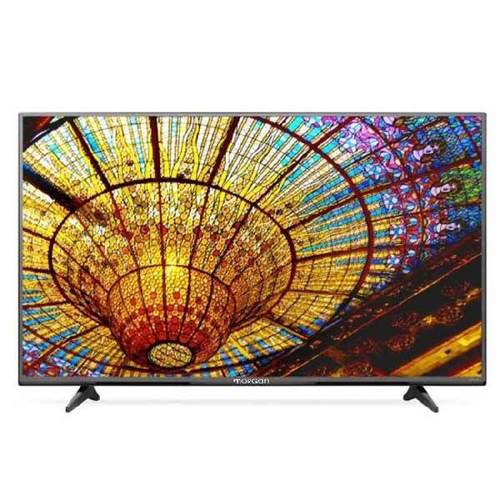
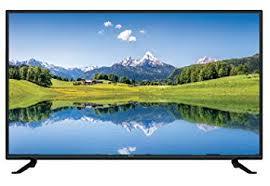
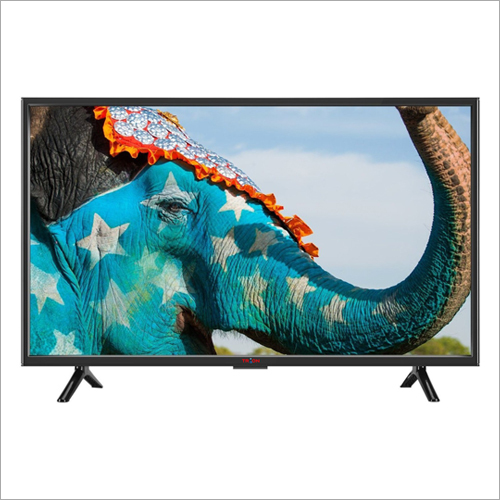
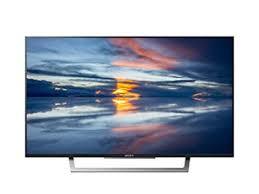

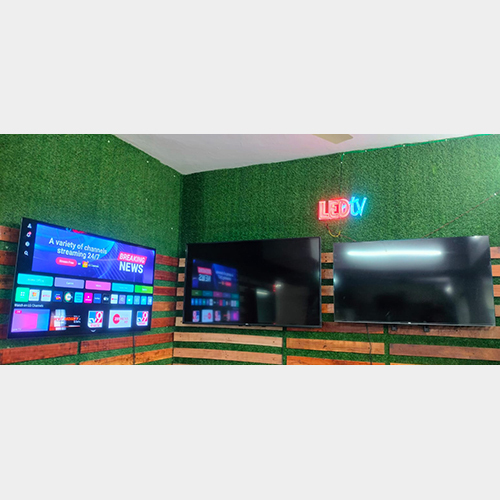

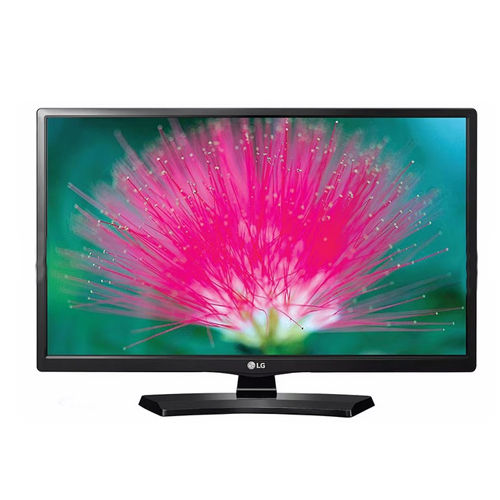
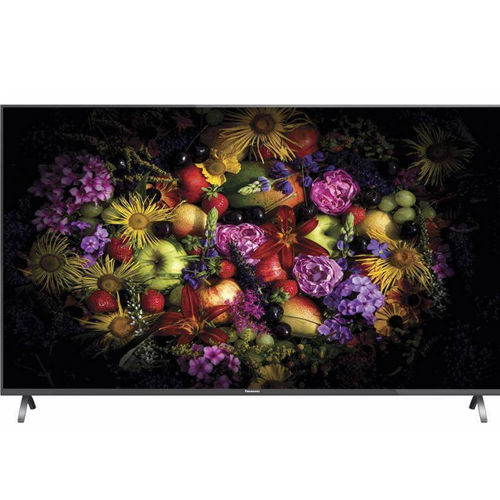
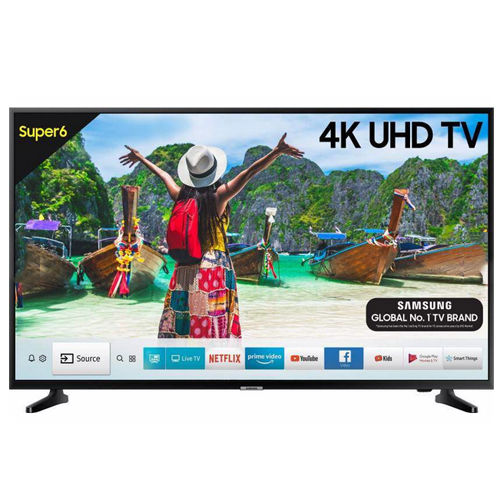
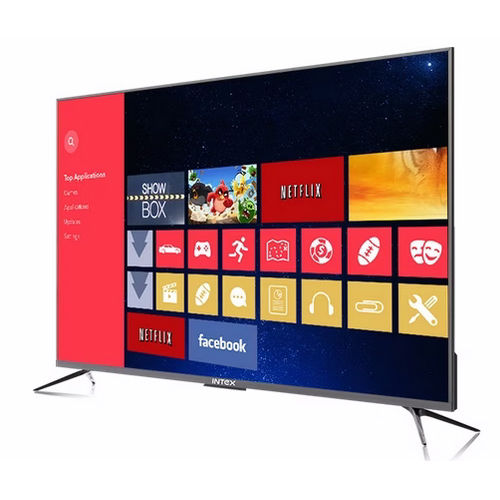
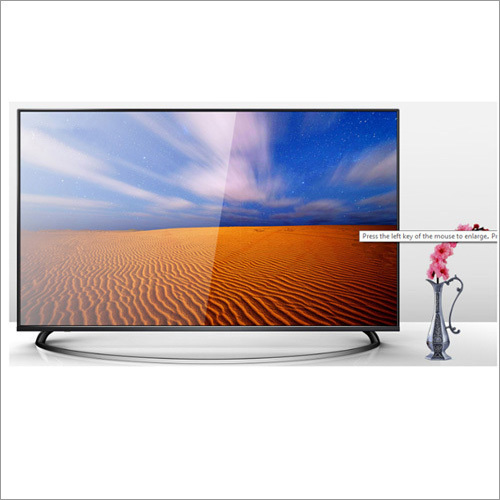
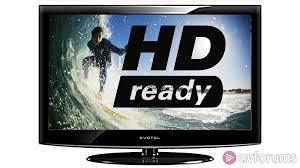
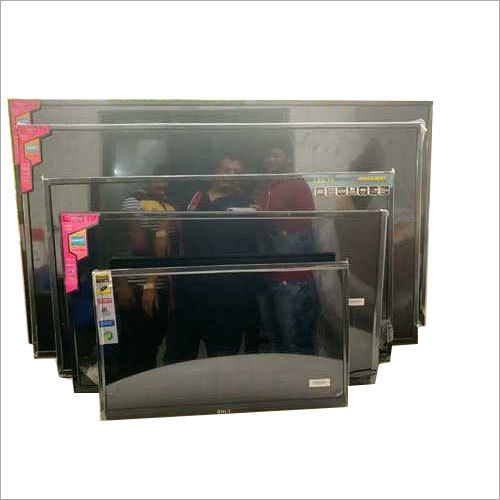
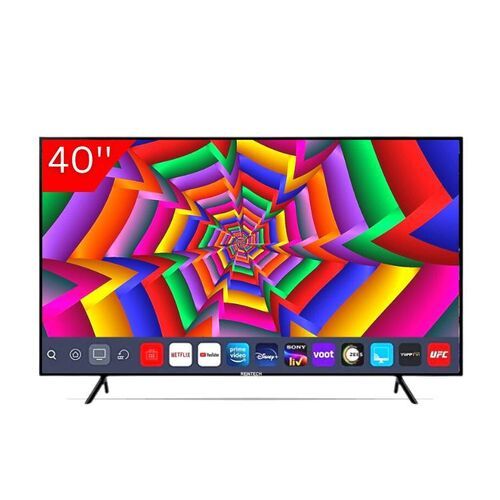

![Reintech 127cm [50 Inches] 4k Ultra HD Smart Android [RT50S18F] LED TV with Google Assistant](https://tiimg.tistatic.com/fp/2/005/541/smart-led-tv-568.jpg)


